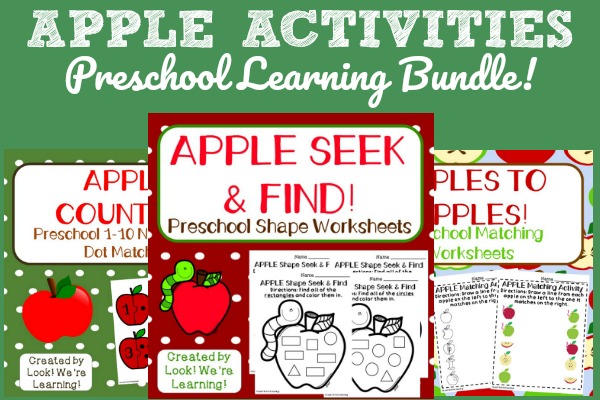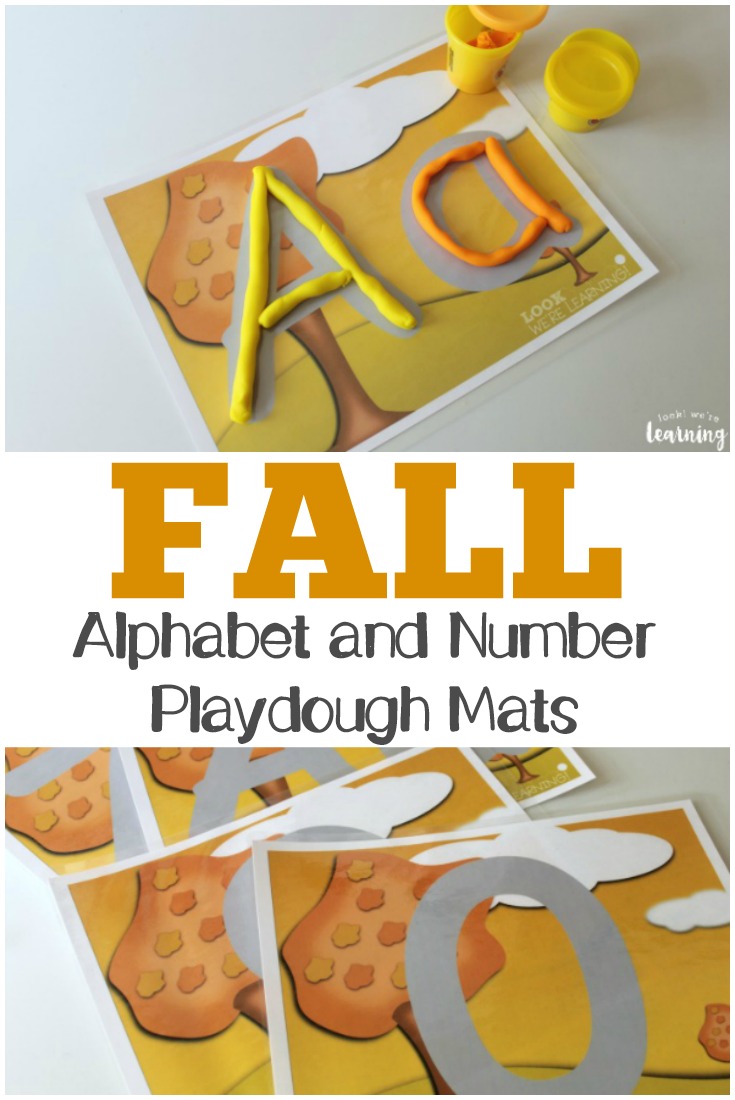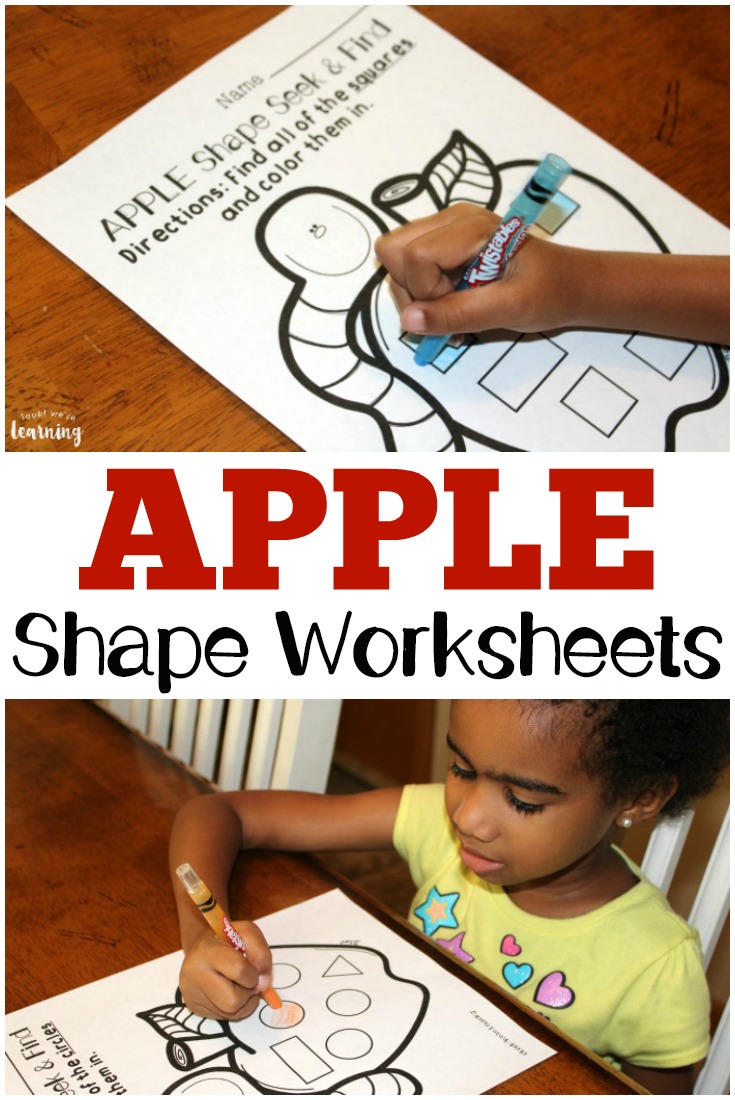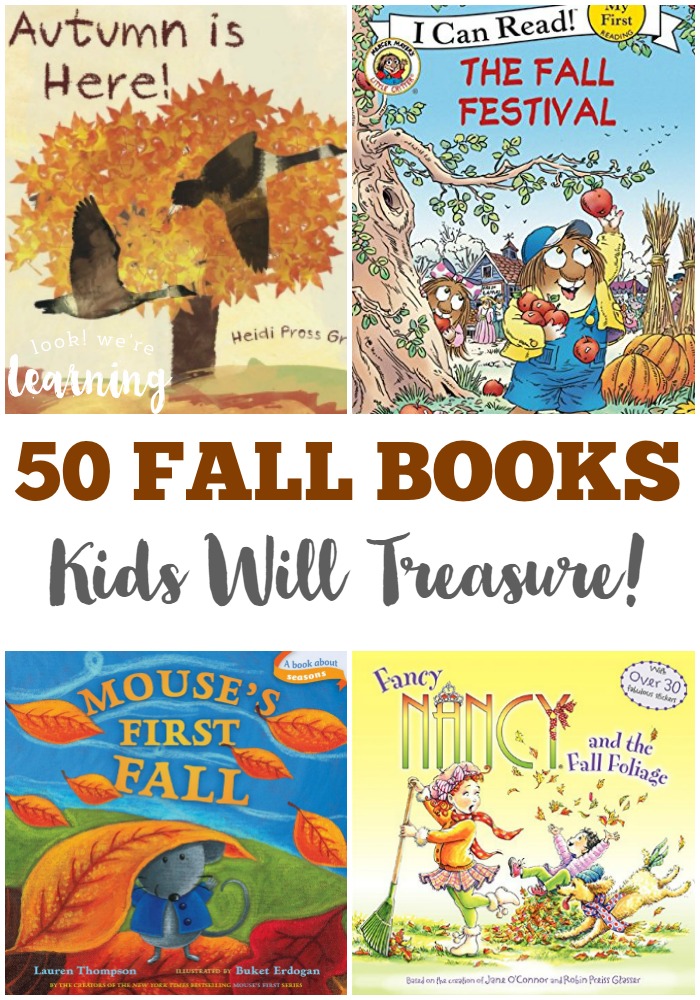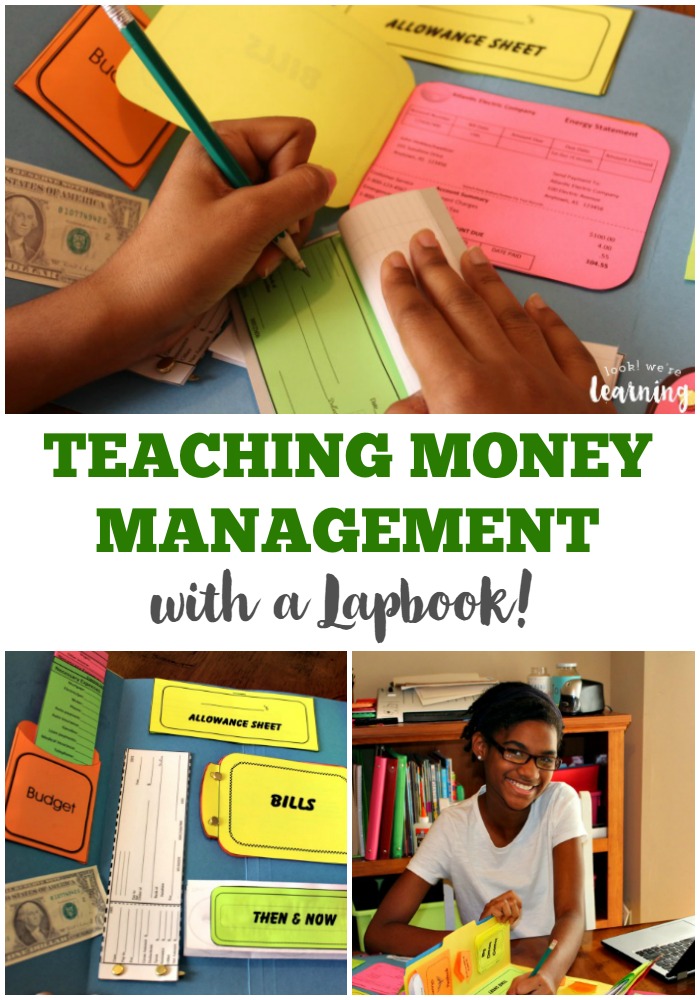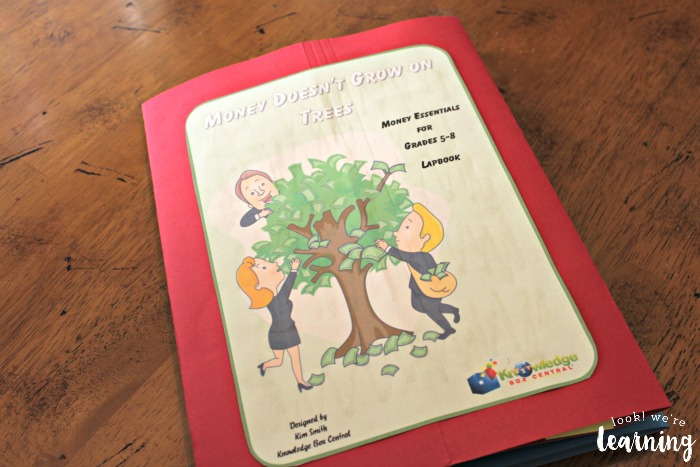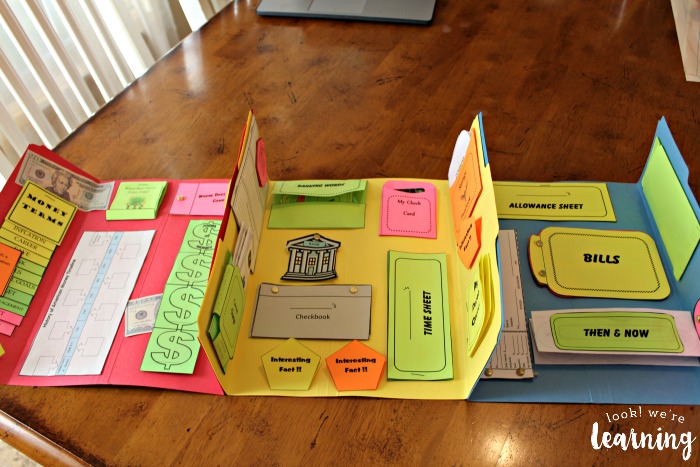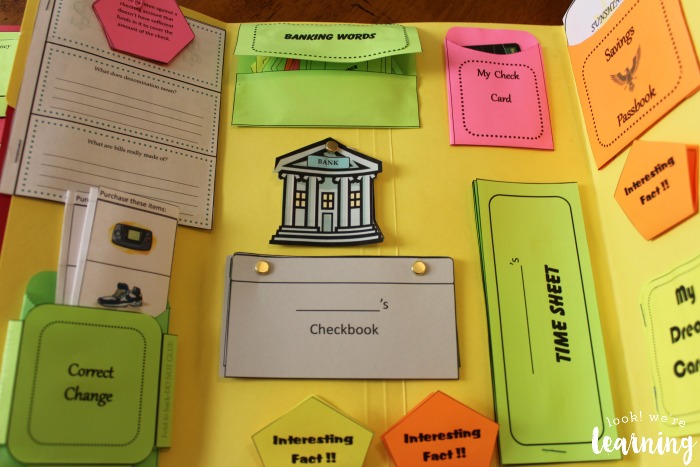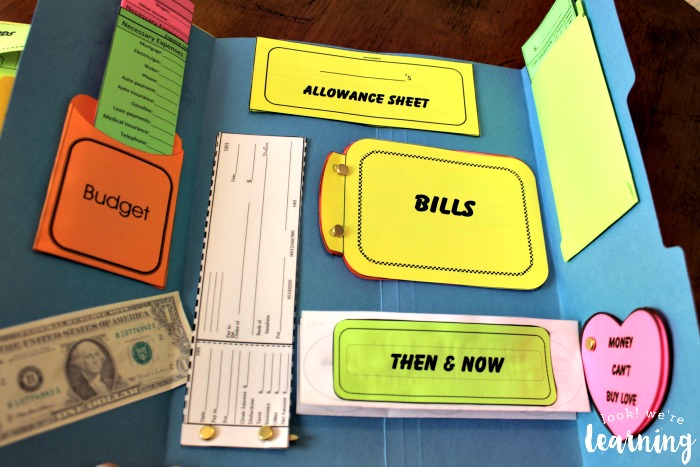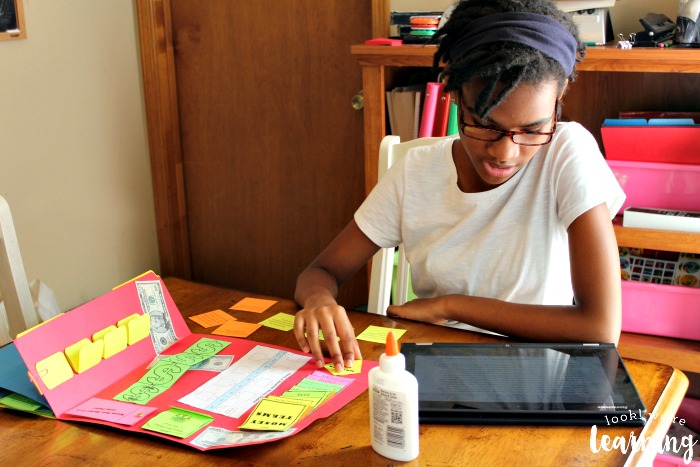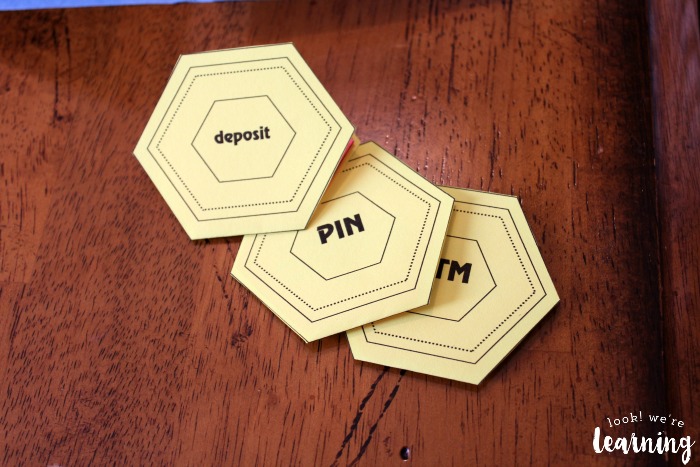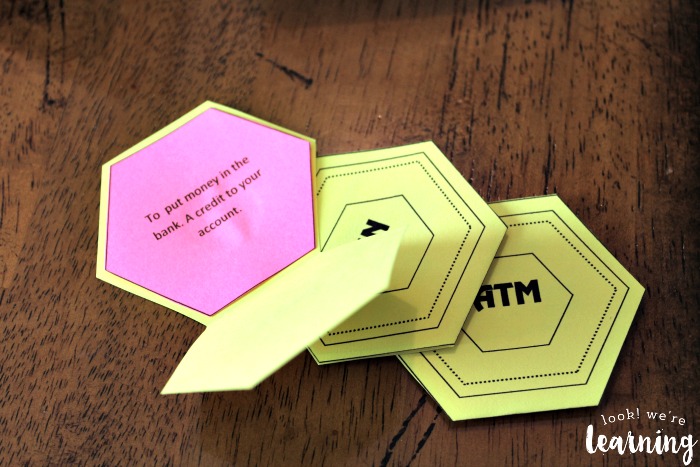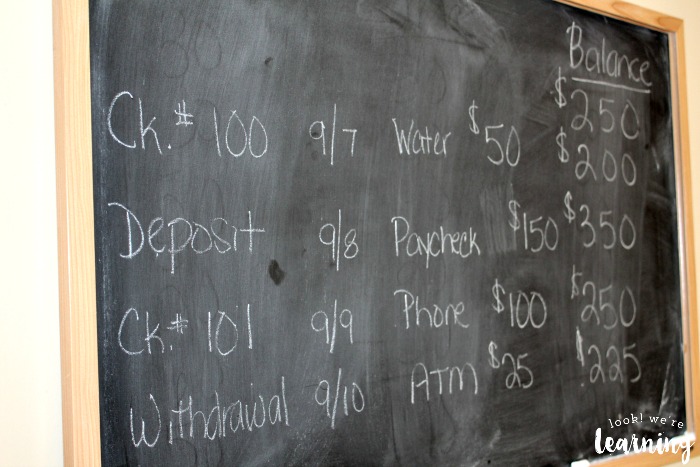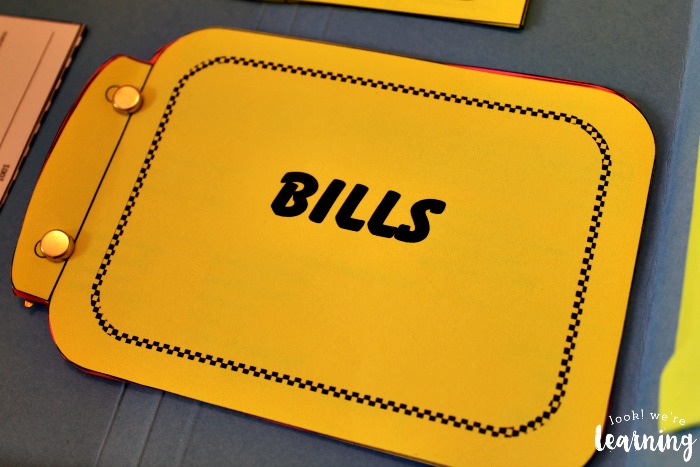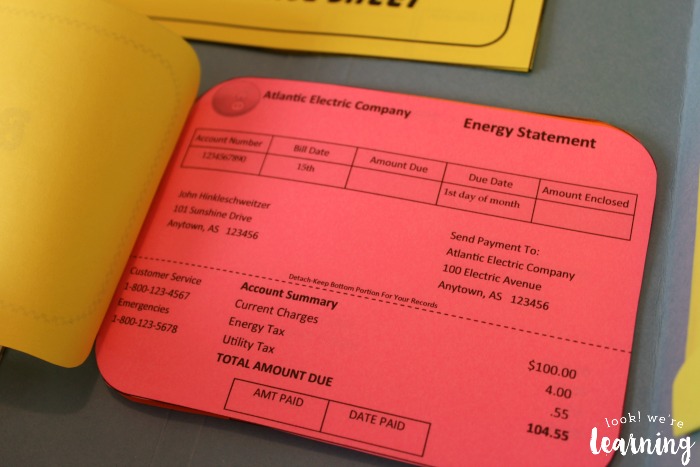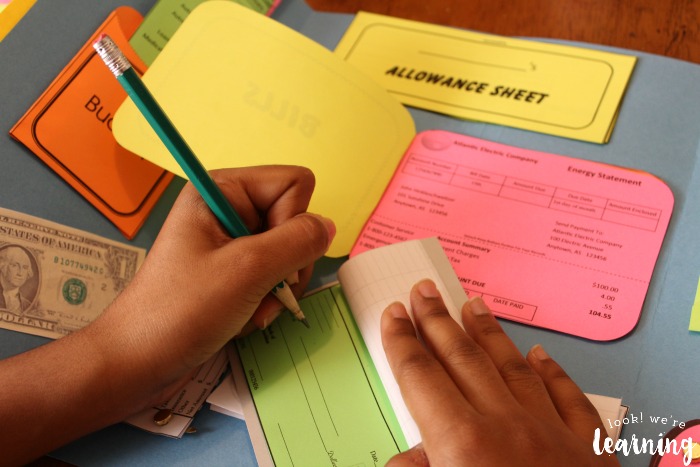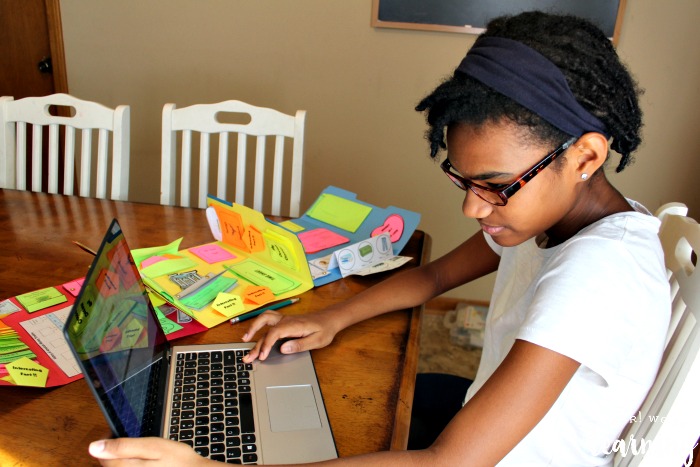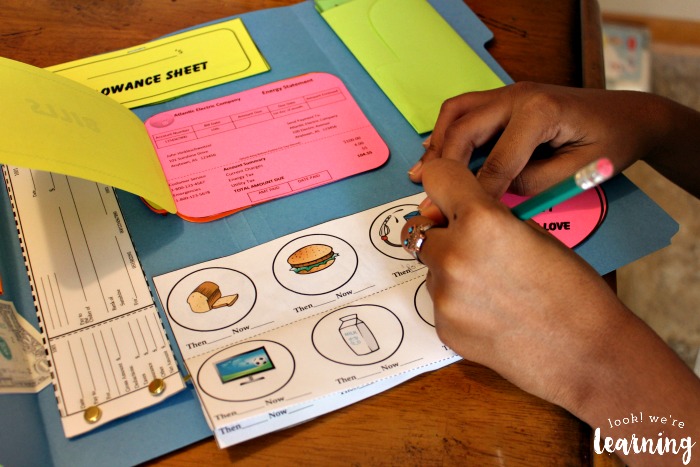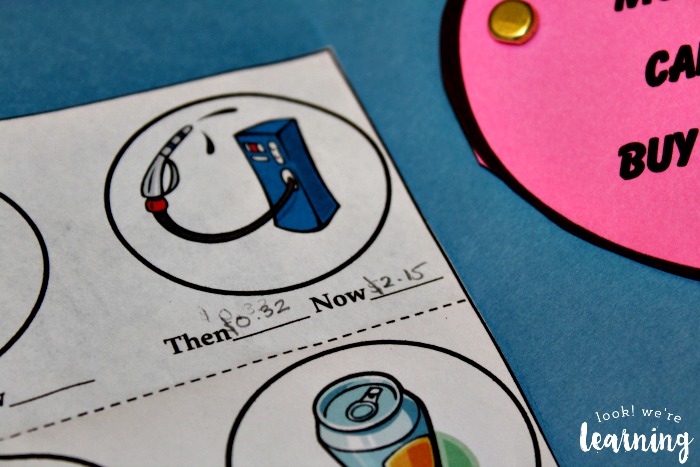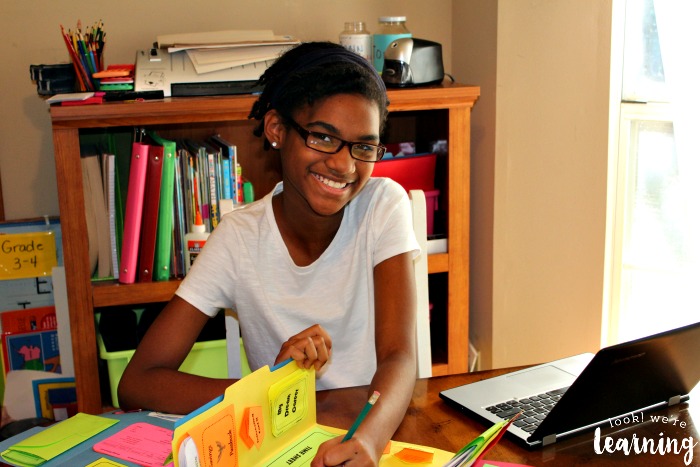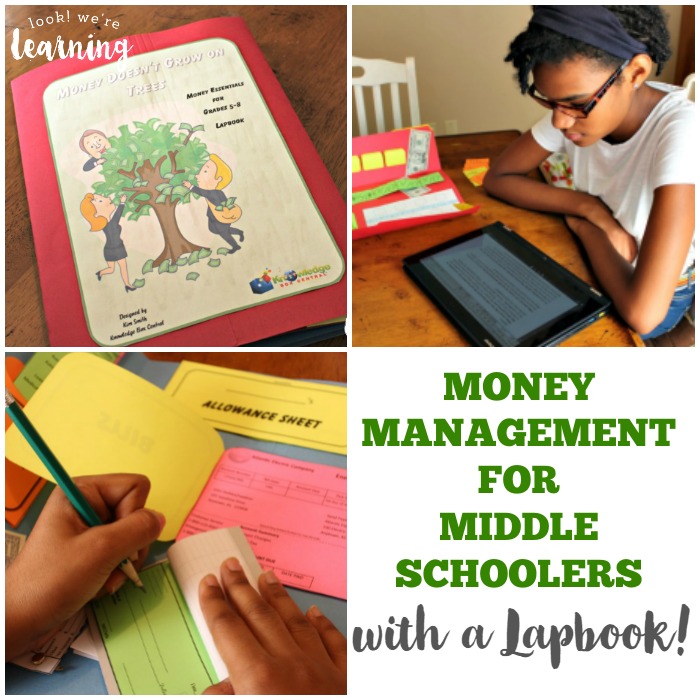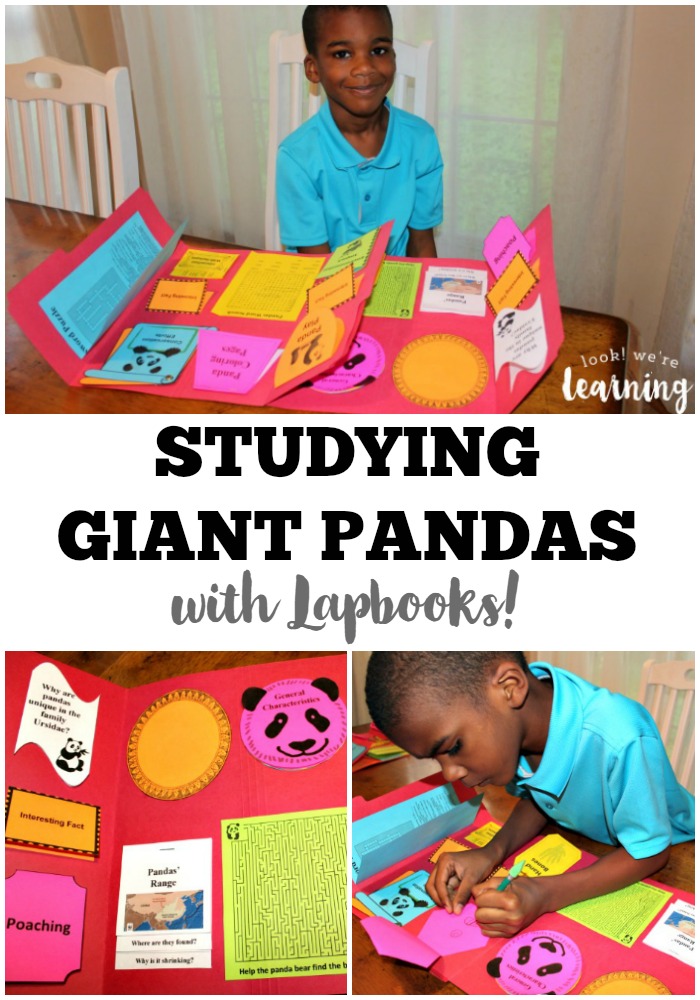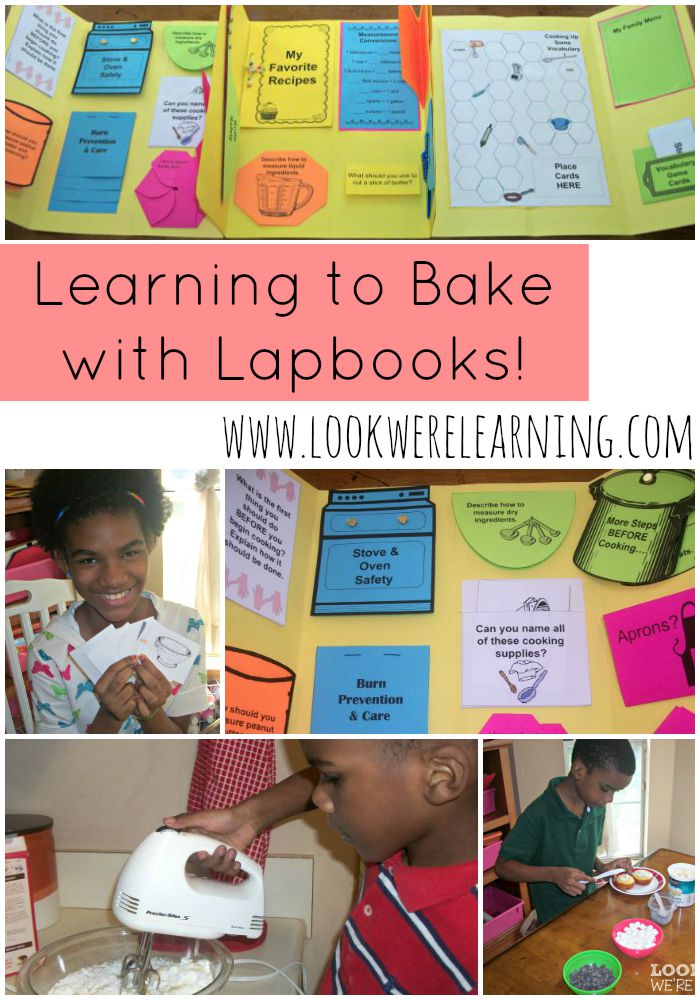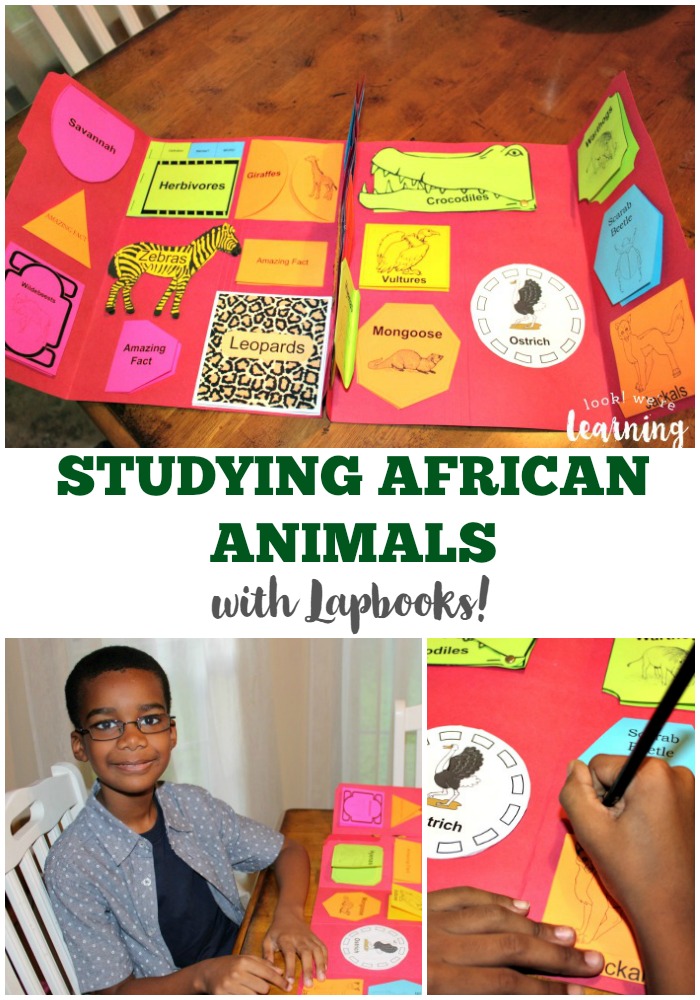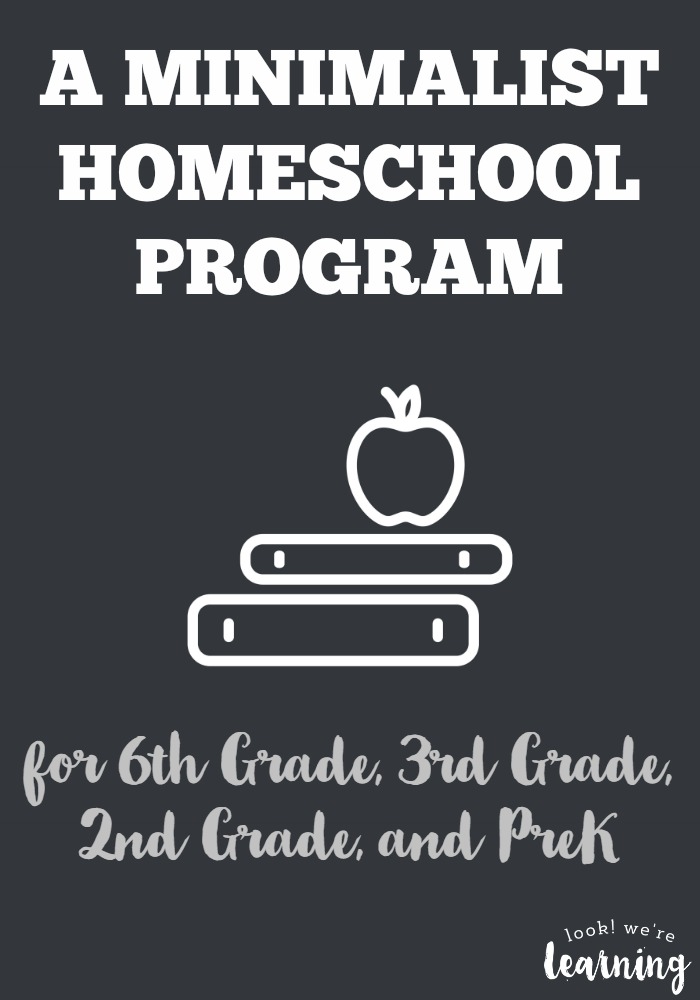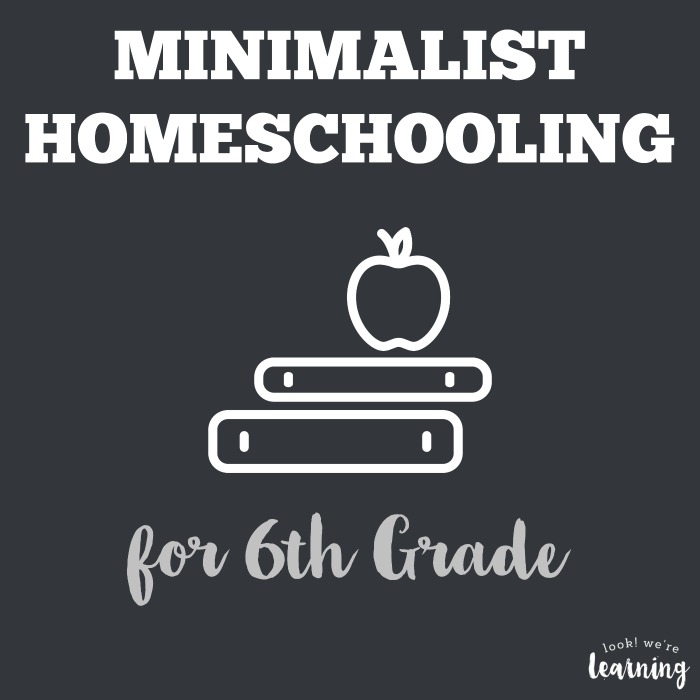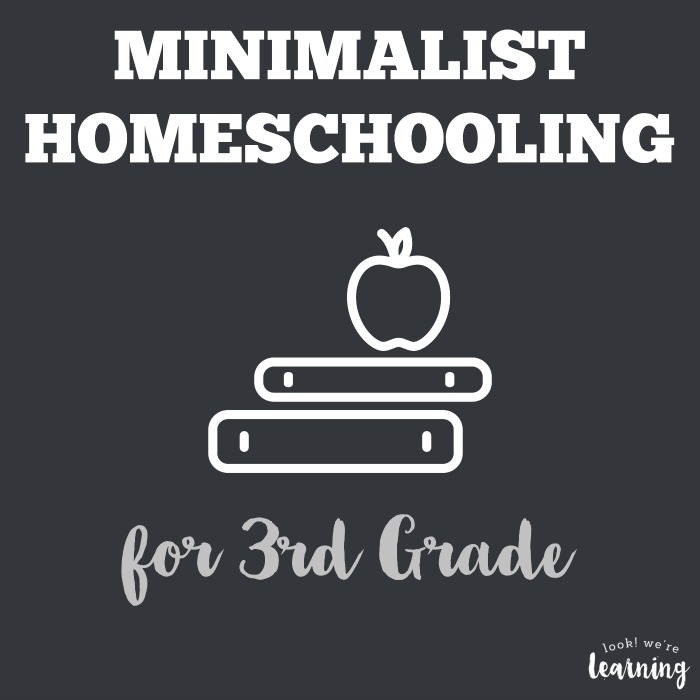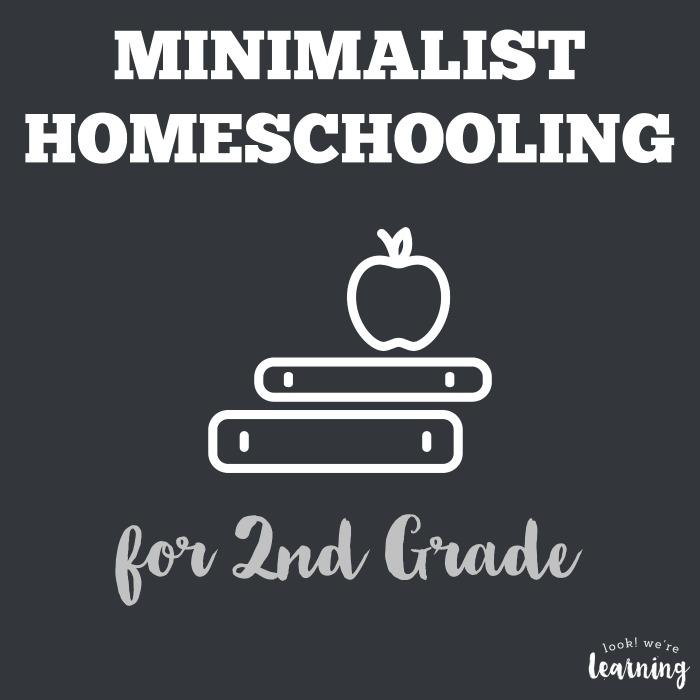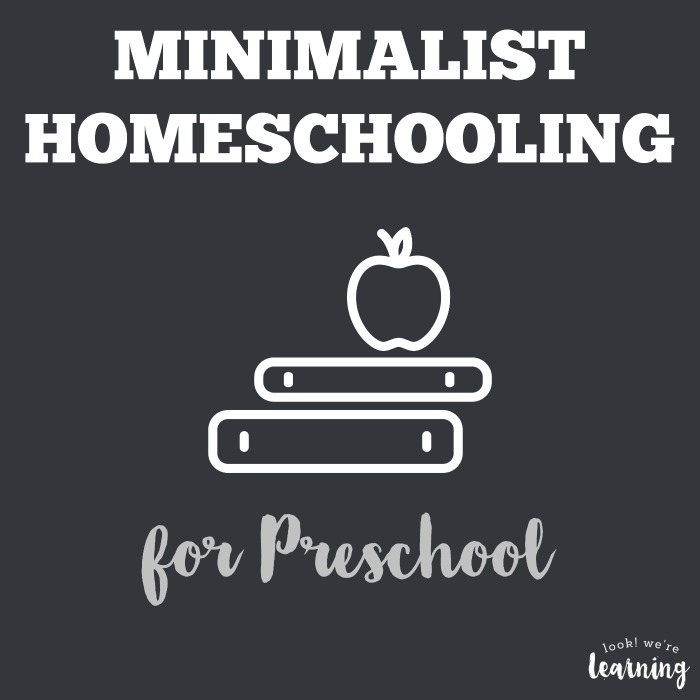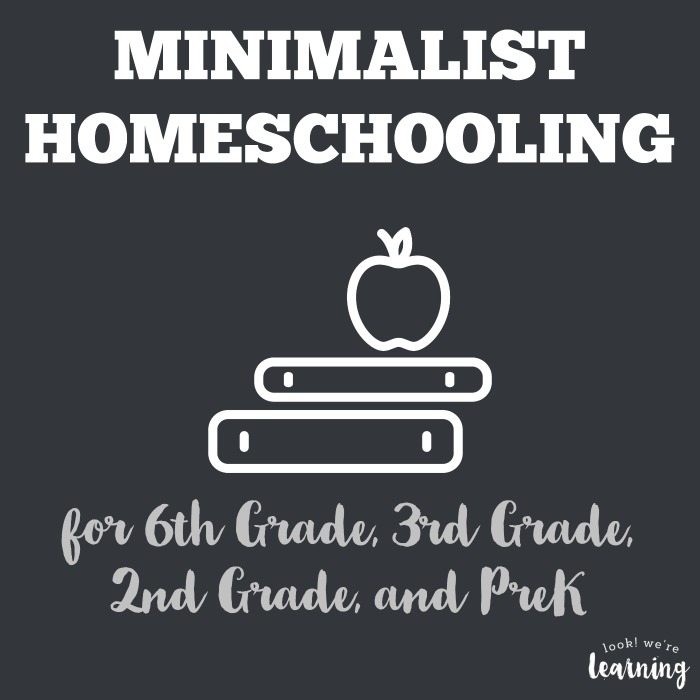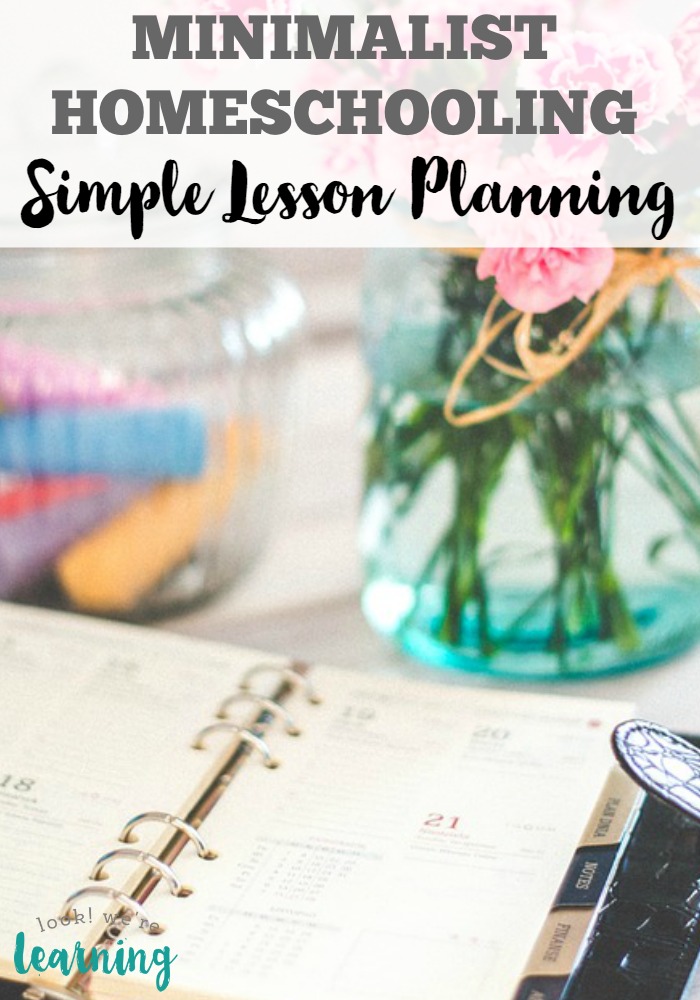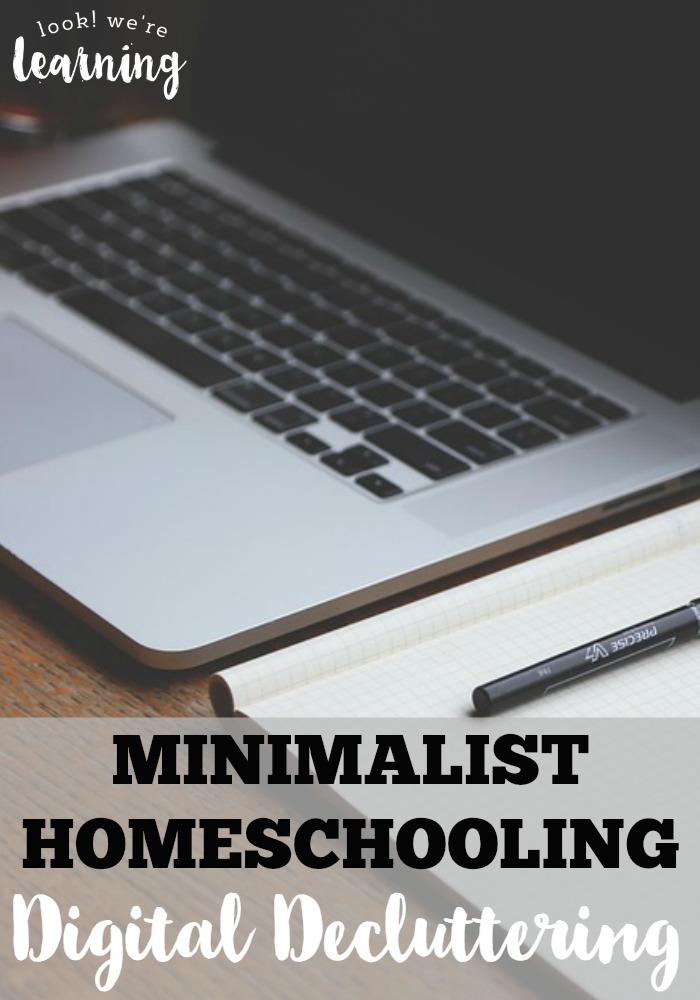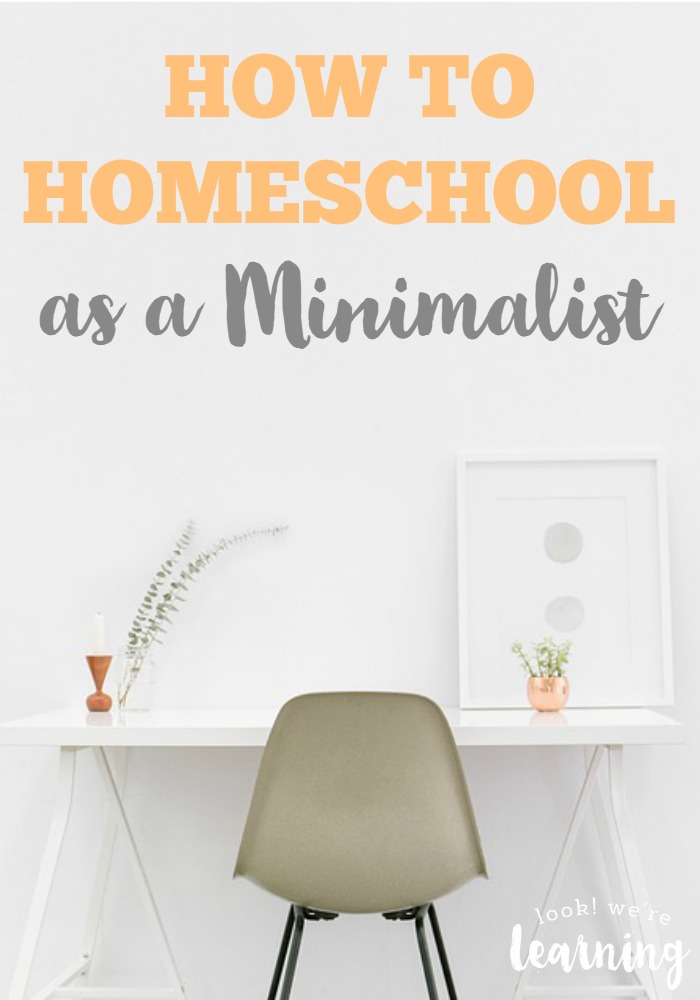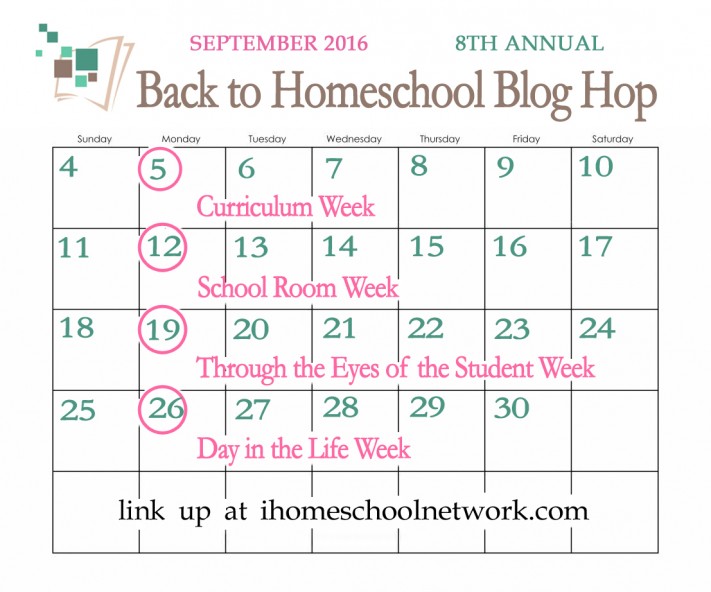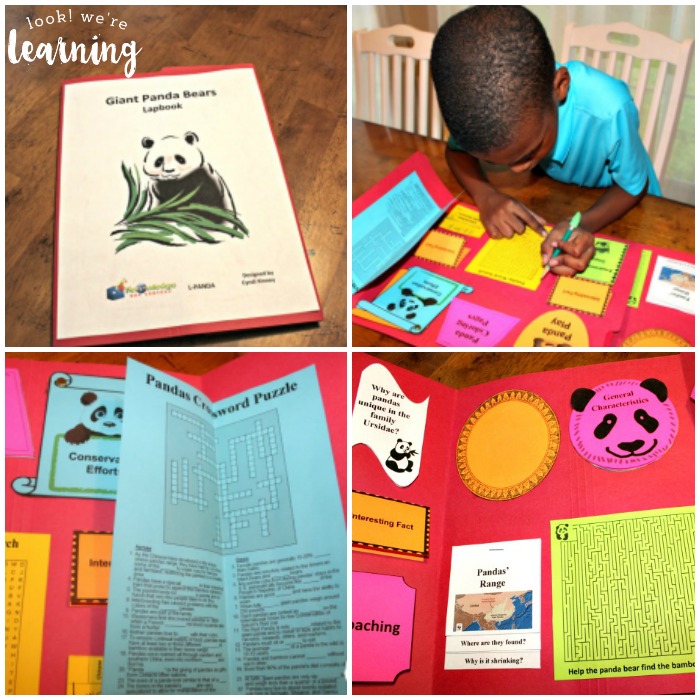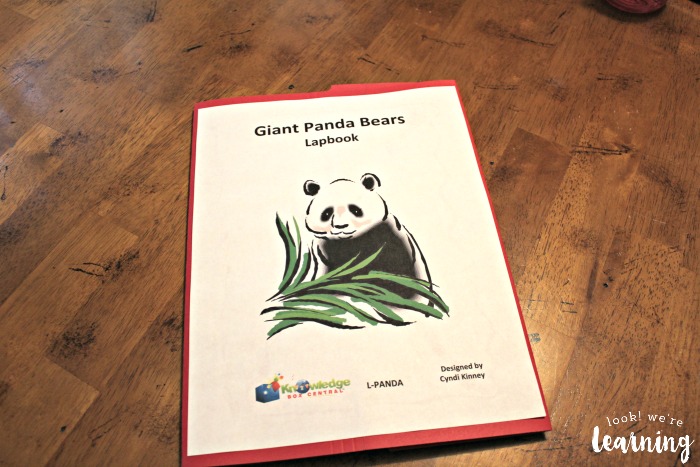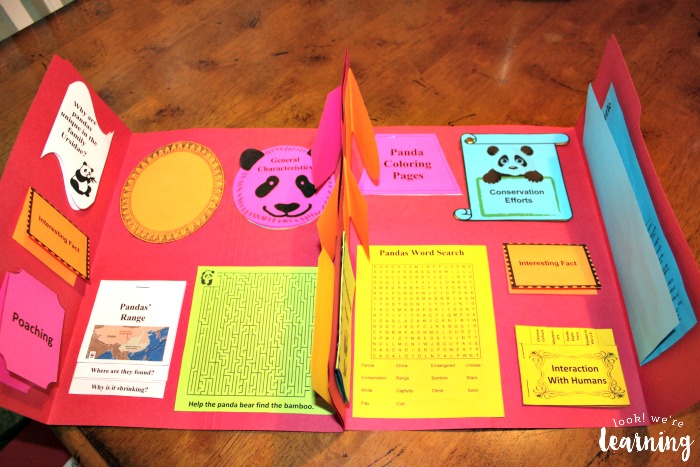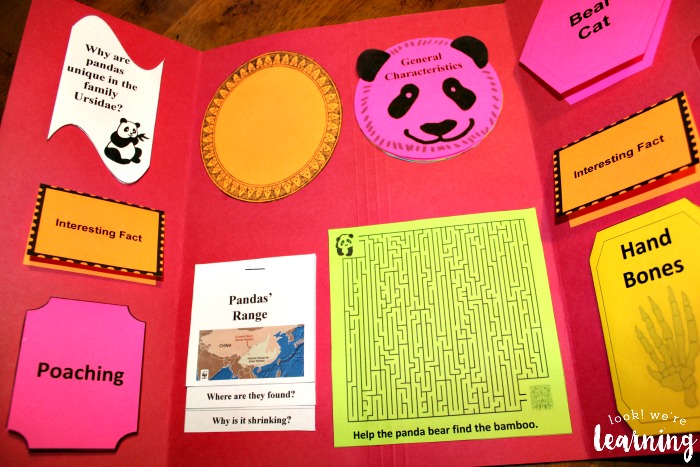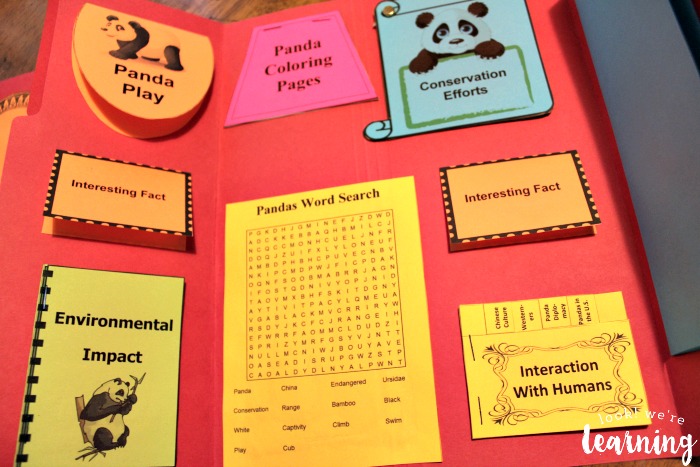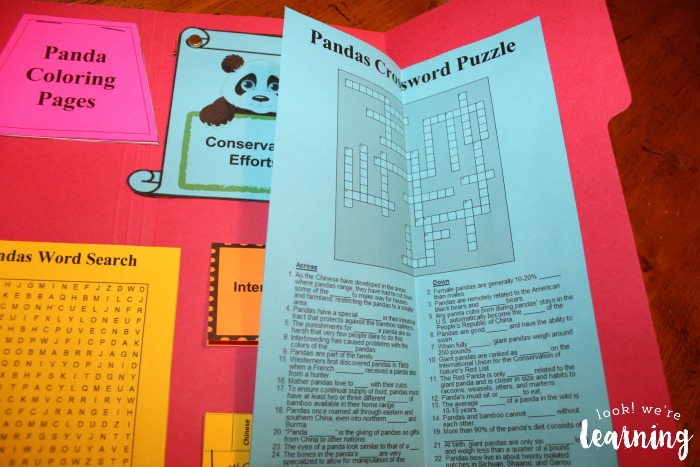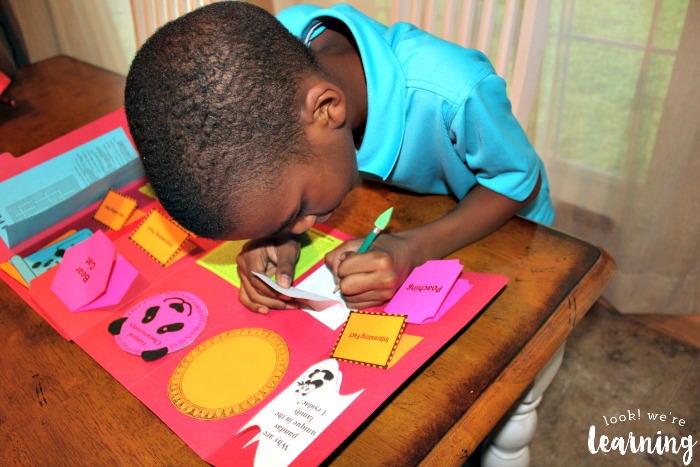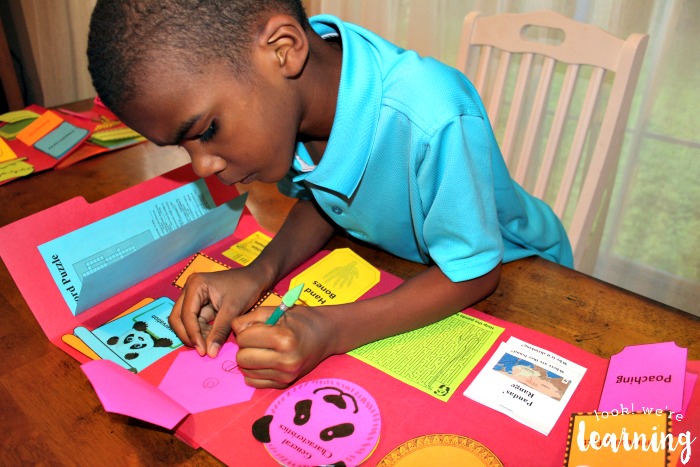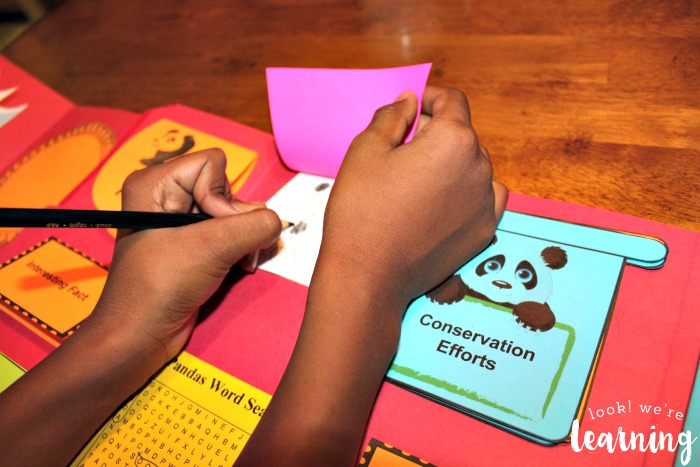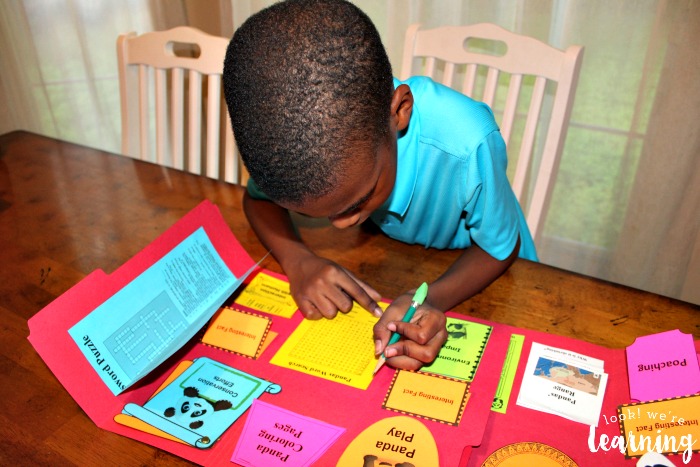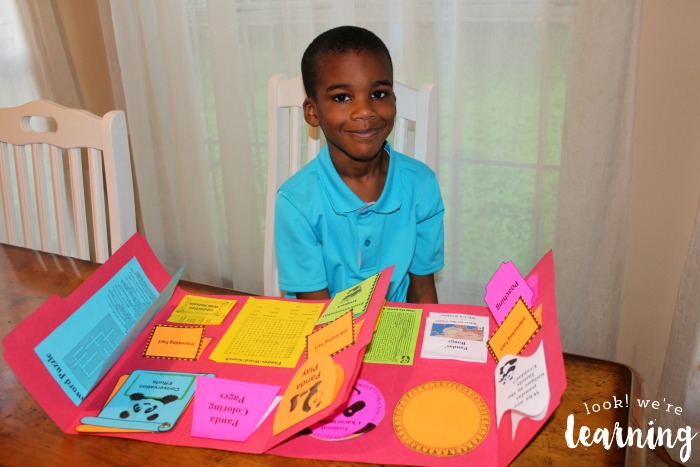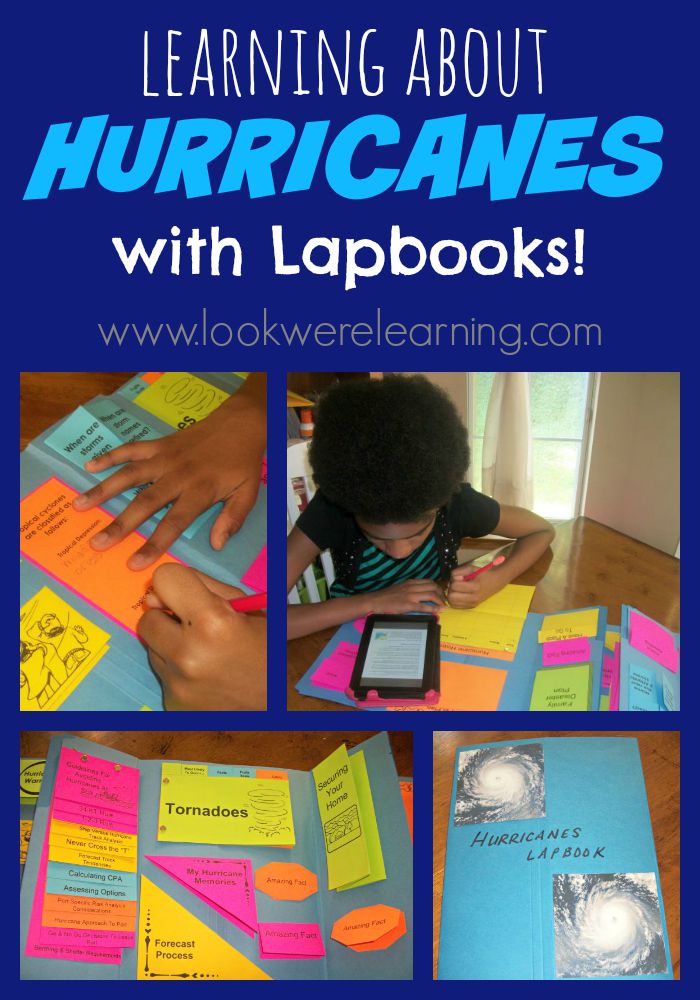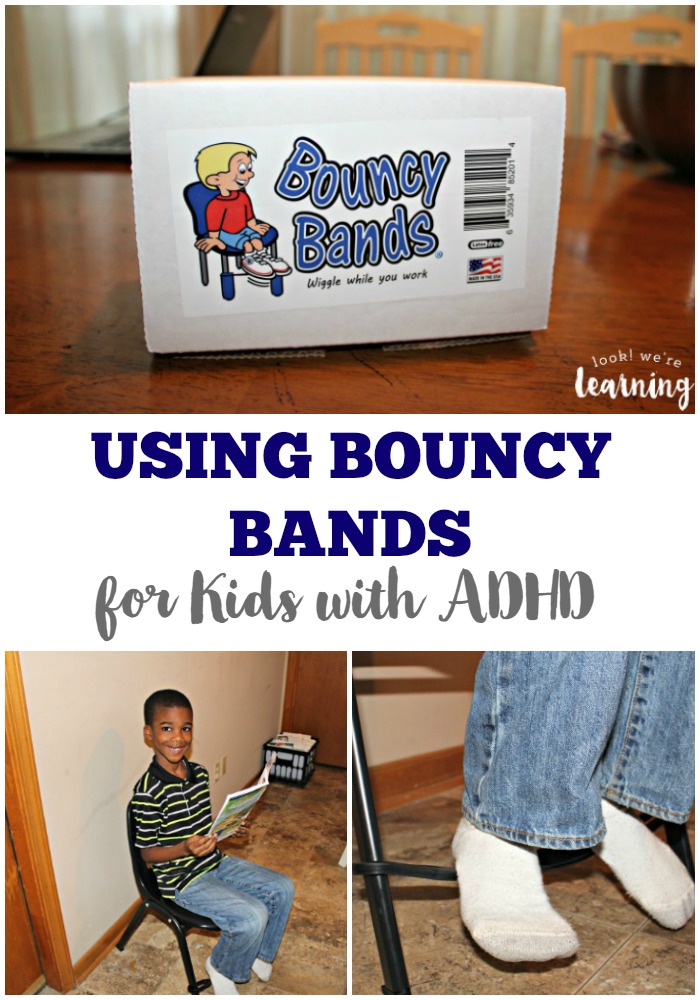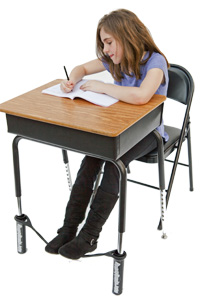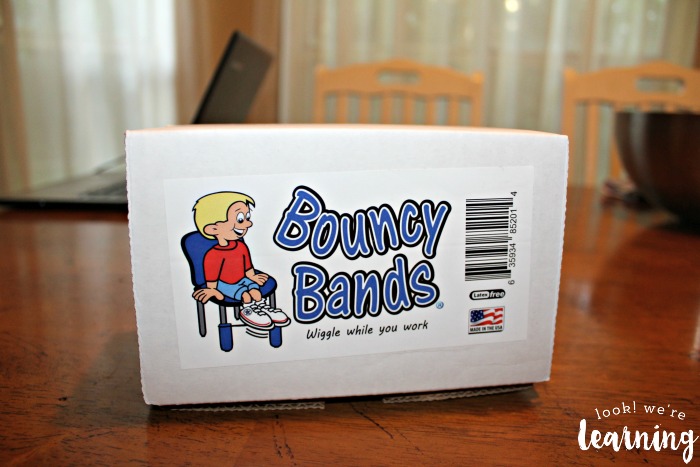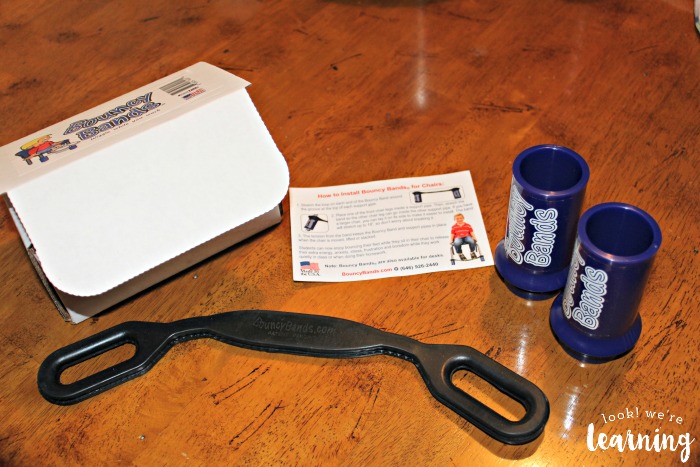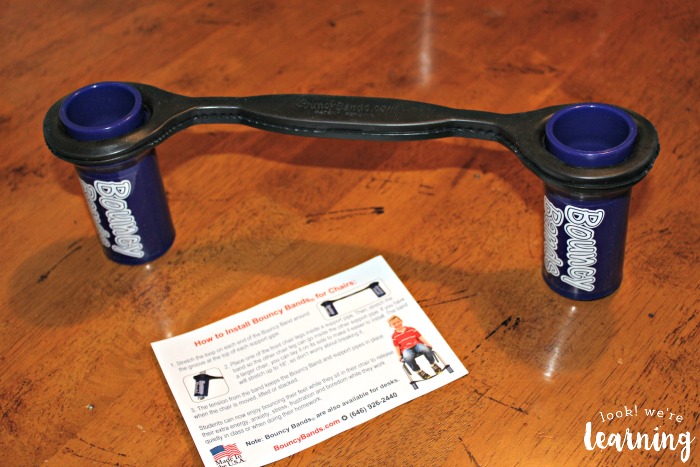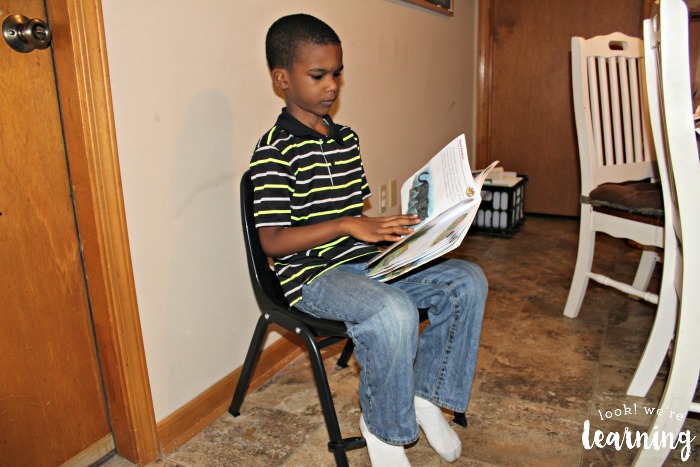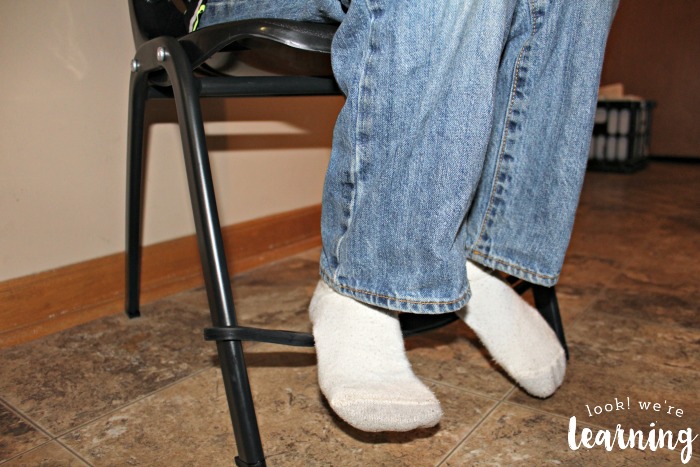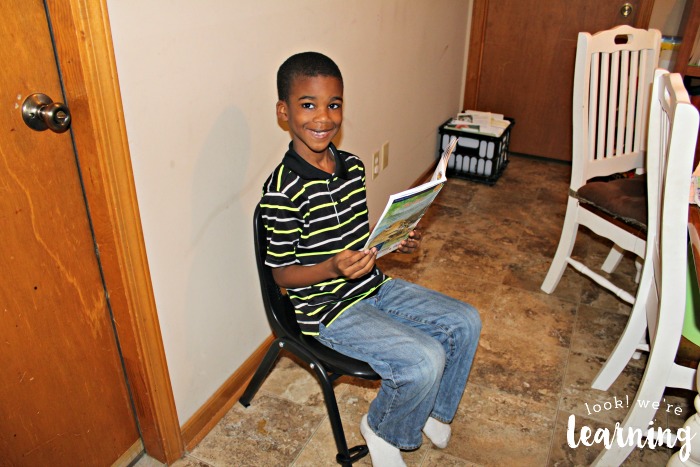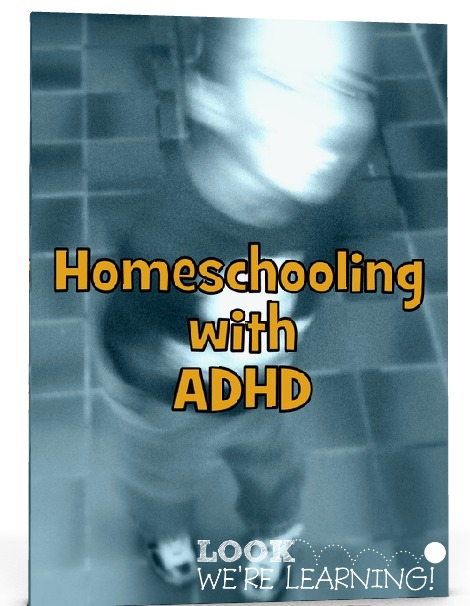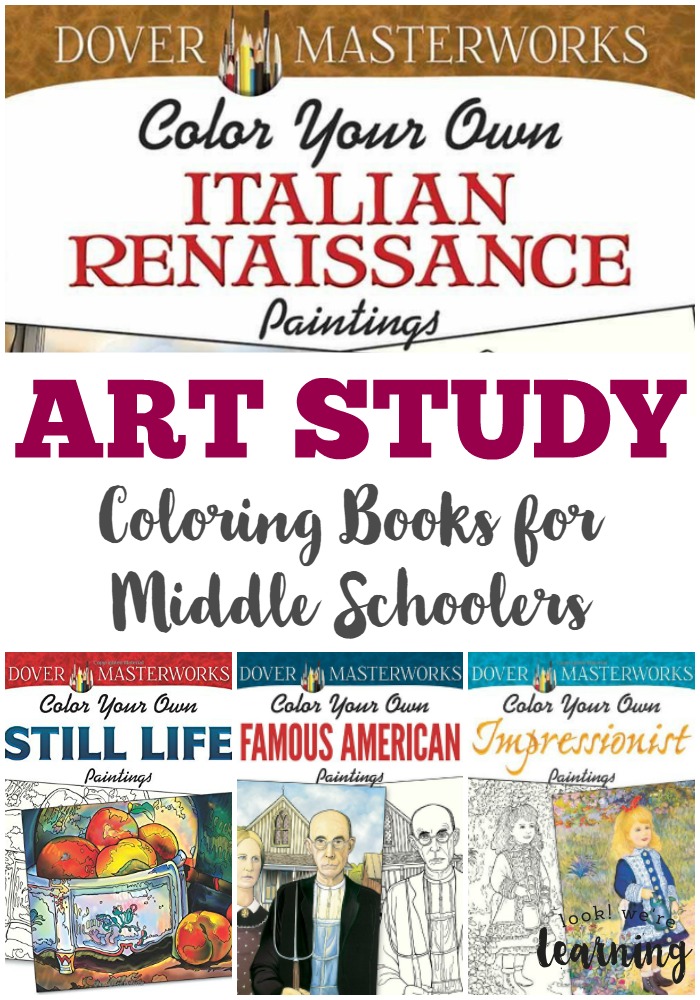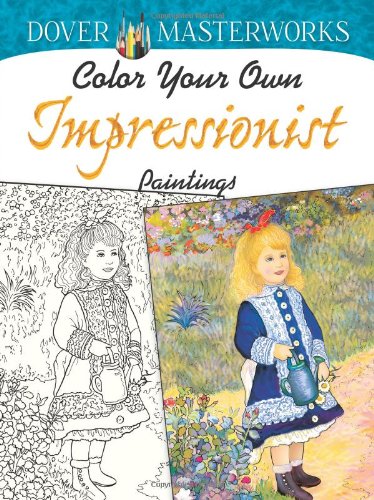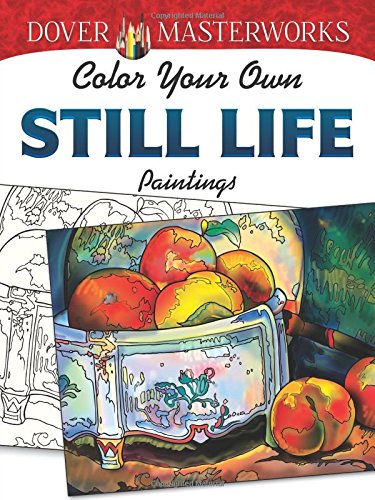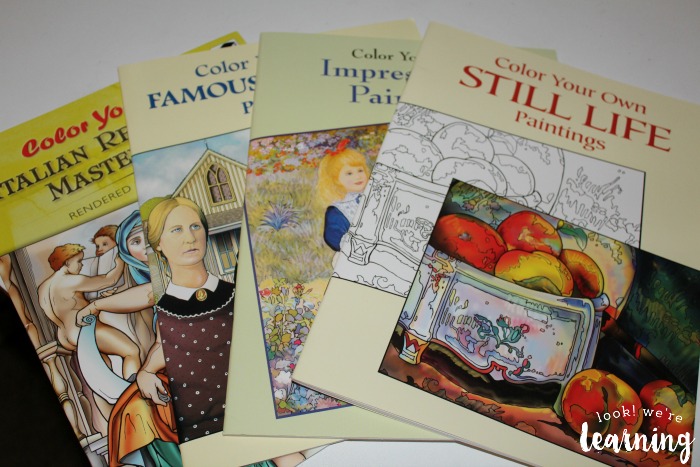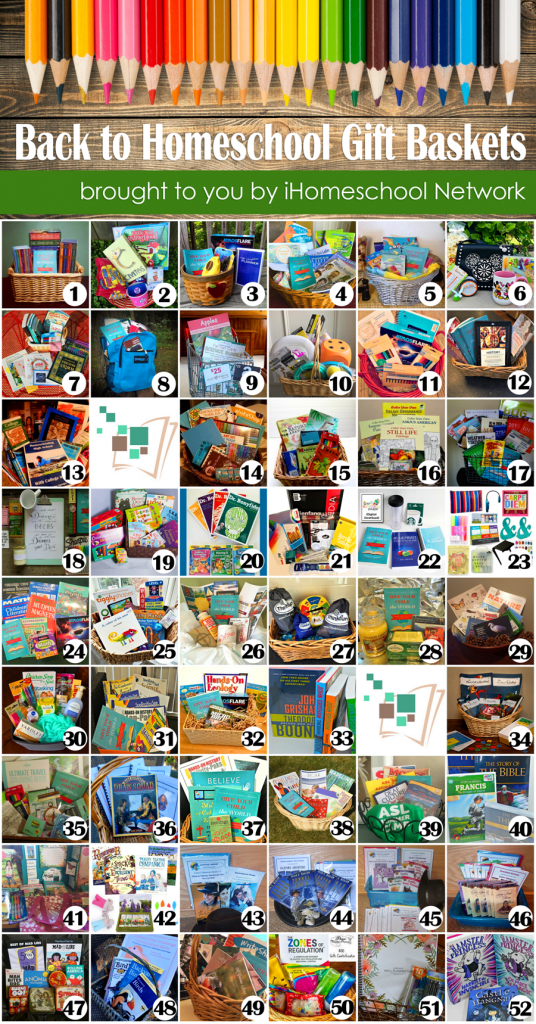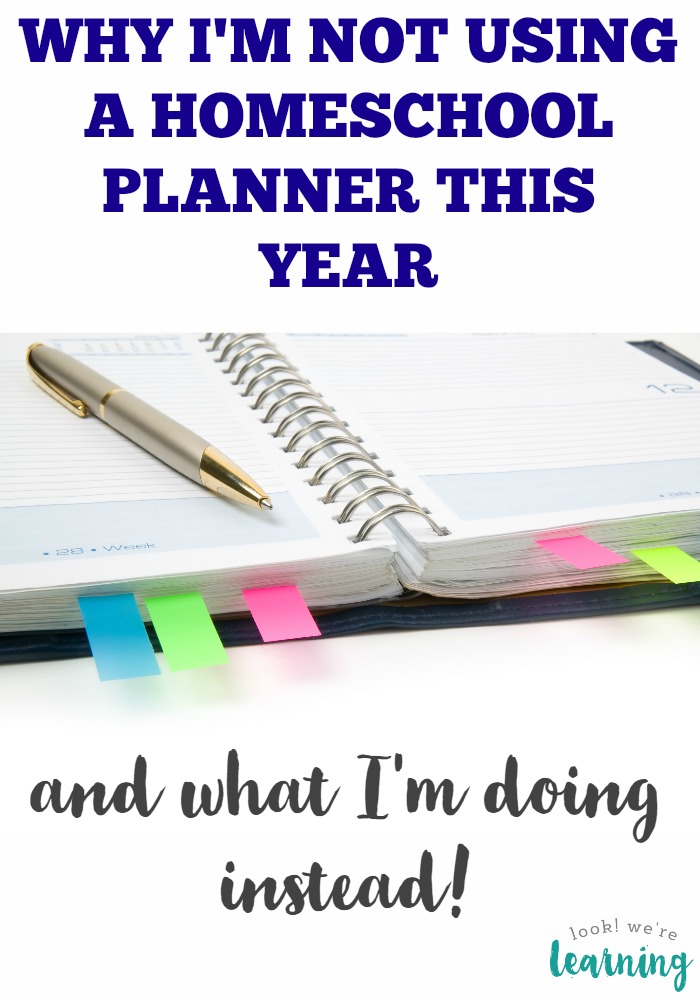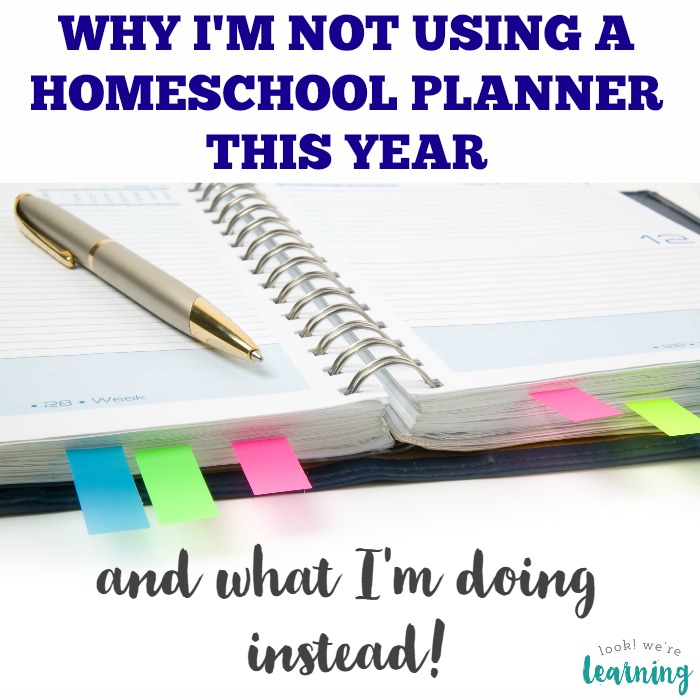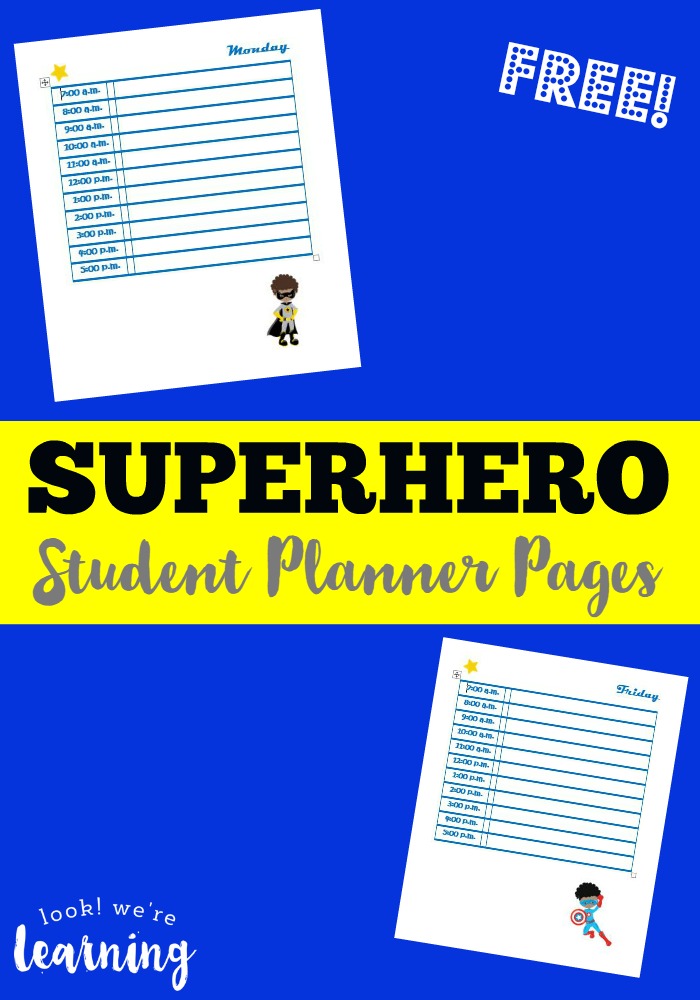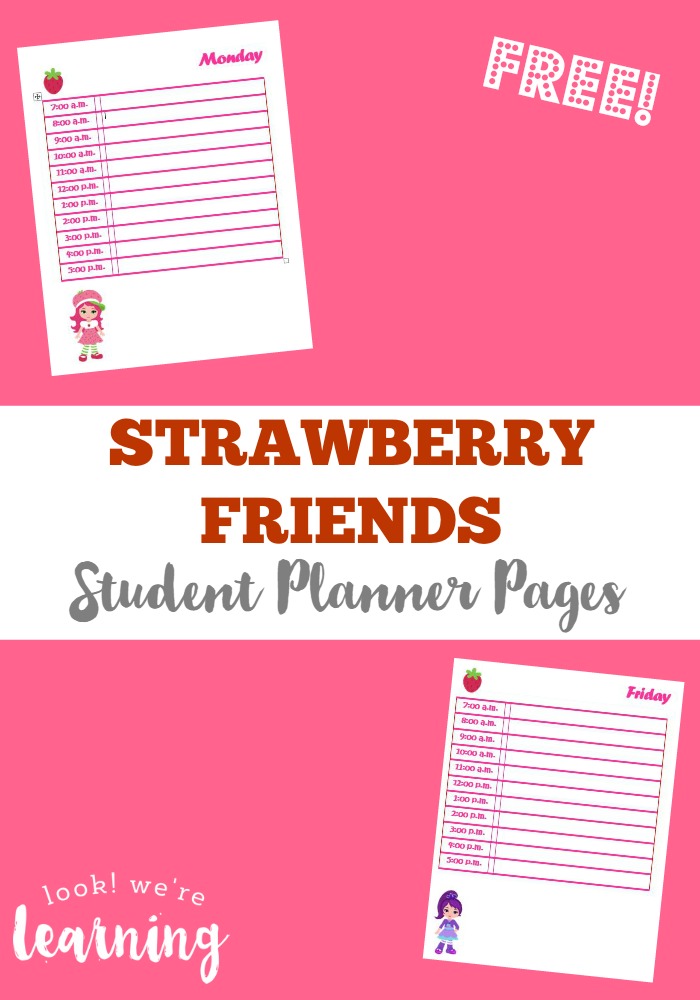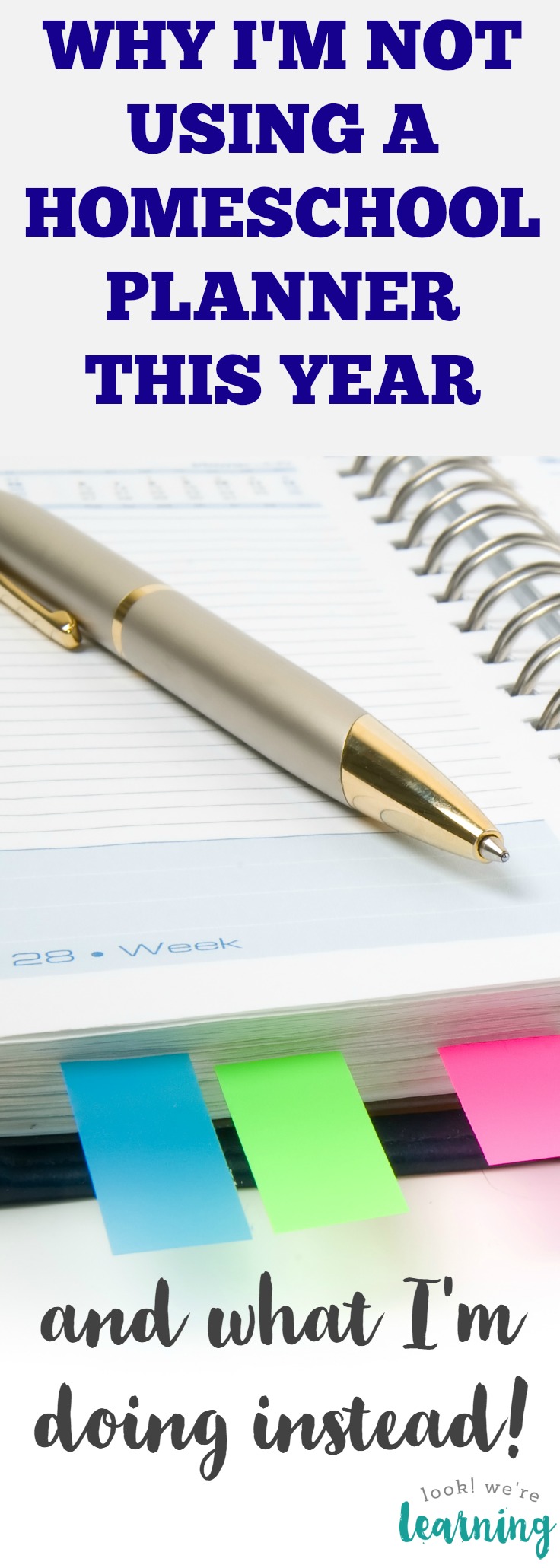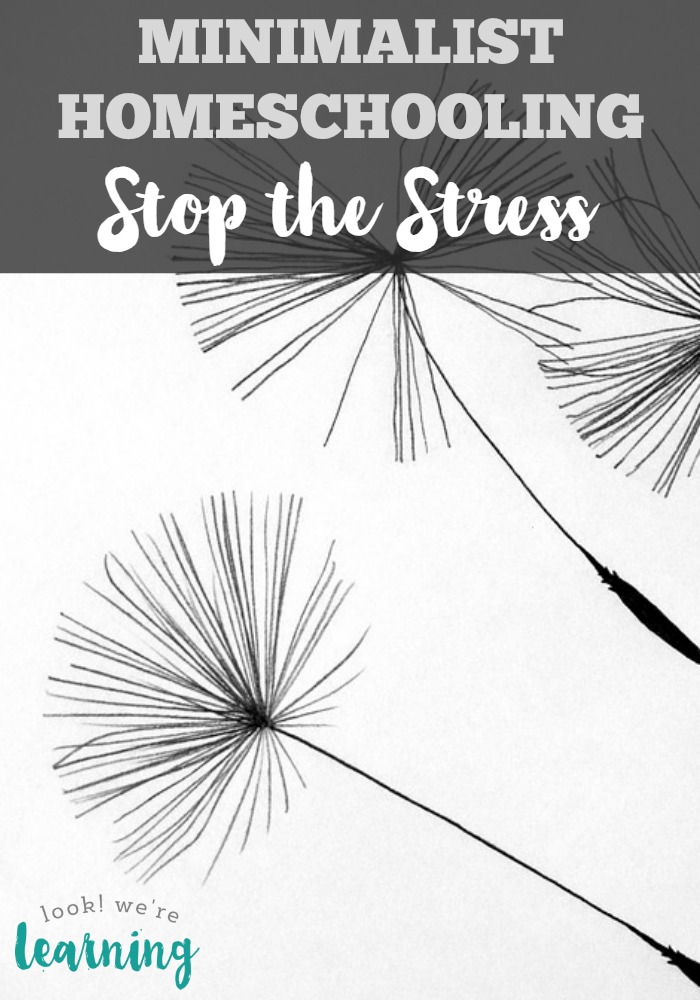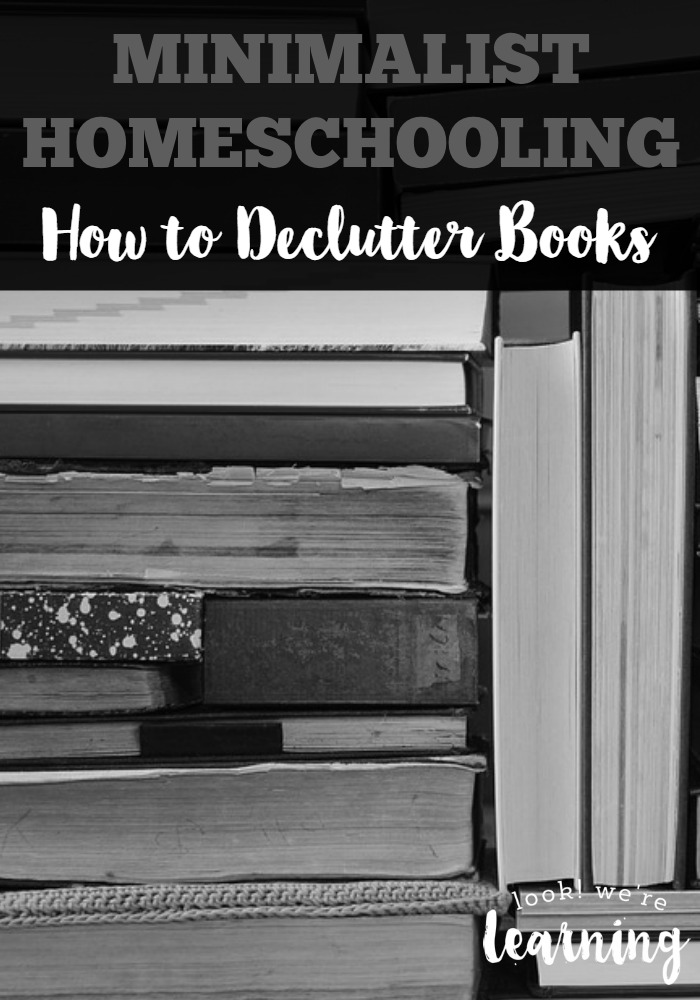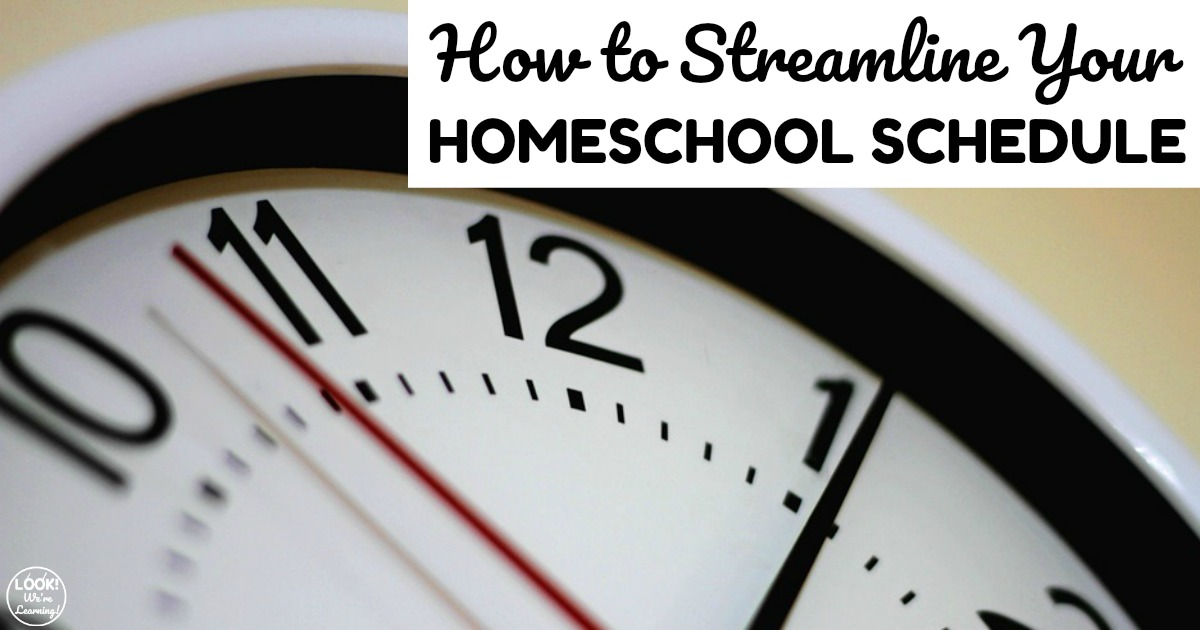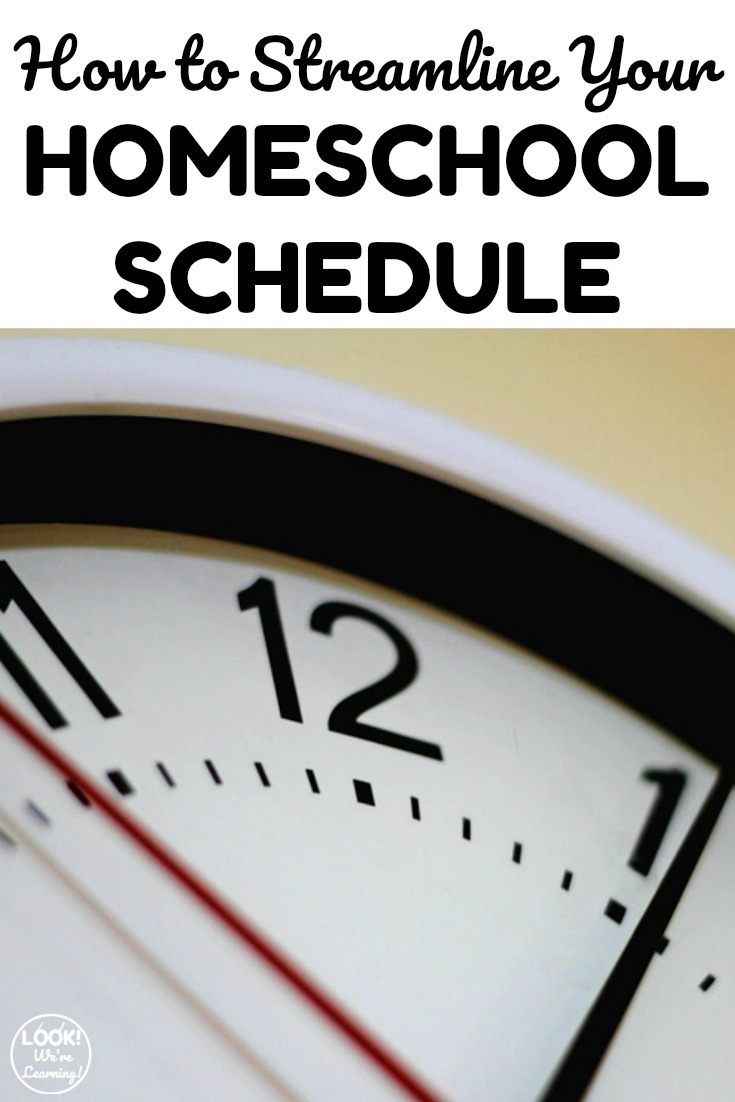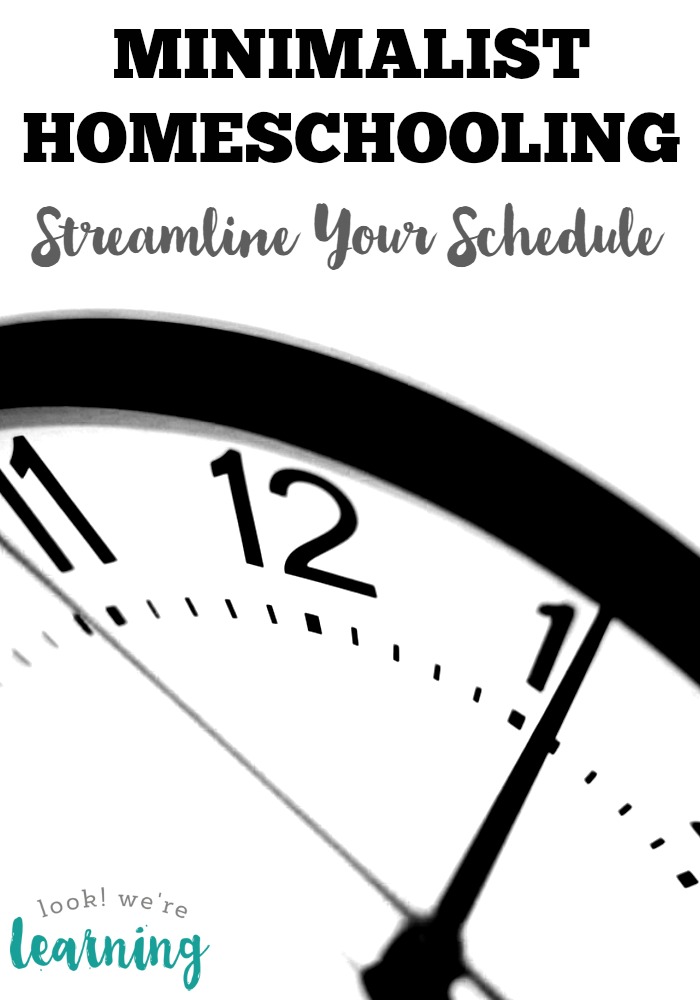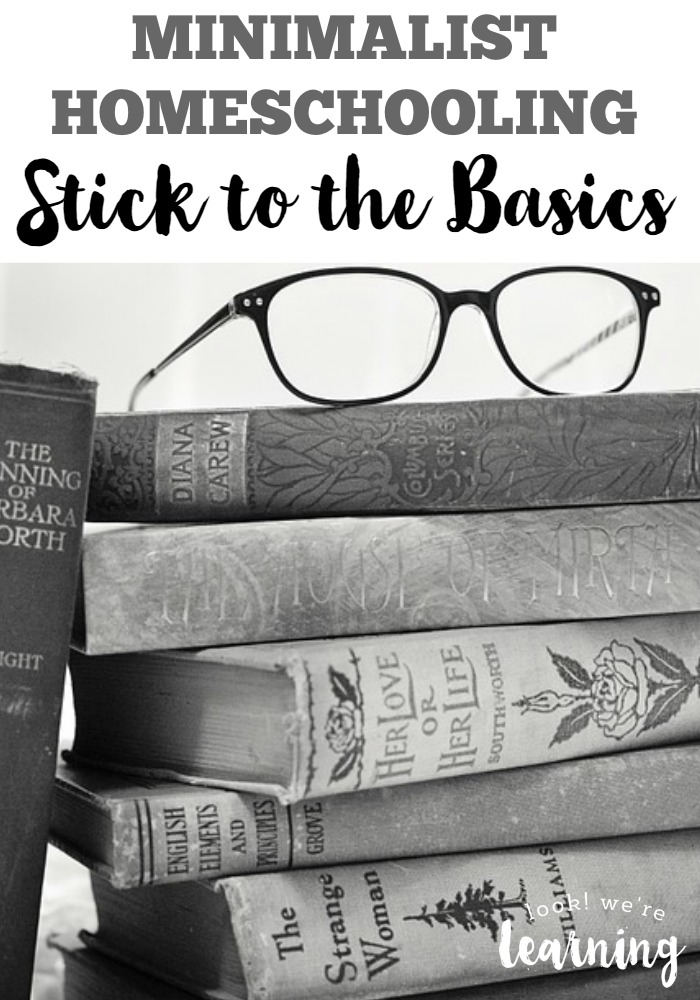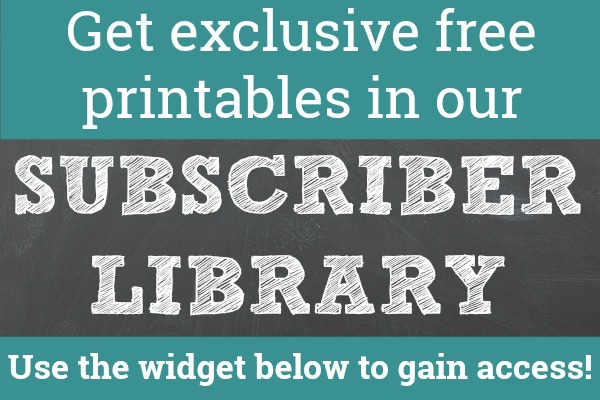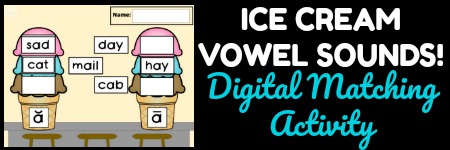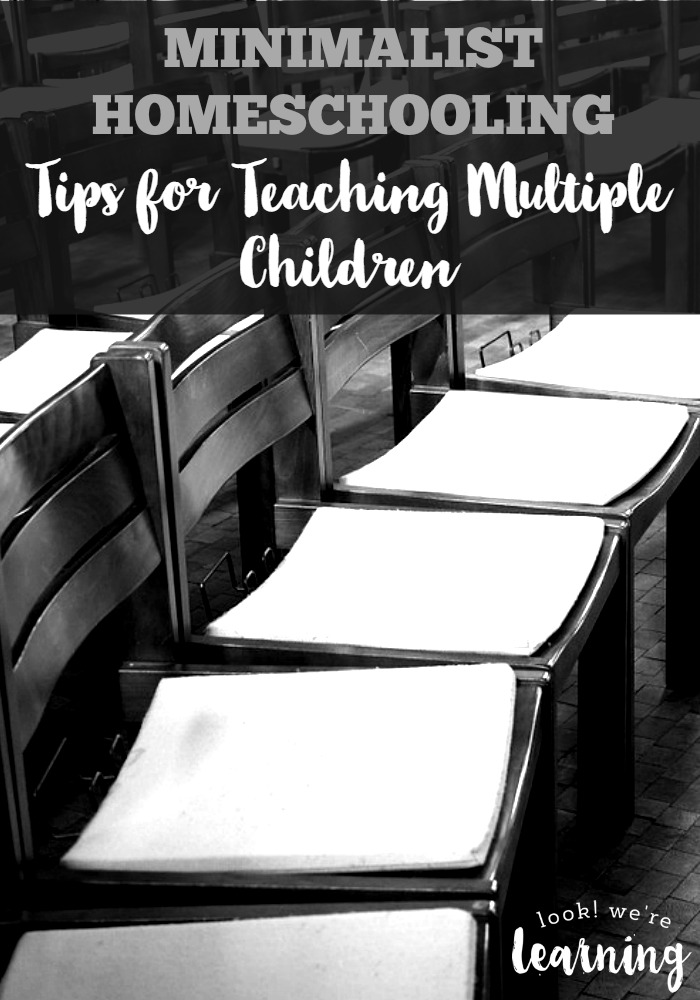Piglet, our youngest, is starting PreK this year. She is so excited about it.
Of course, she also thinks that she will begin kindergarten immediately after the first day of preschool.
Since she’s working on PreK concepts, I’ll be sharing a lot more preschool resources this year, including preschool playdough mats!
Here in the U.S., we’re all gearing up for fall, so here’s a fun Playdough Apple Tree Counting Mat you can use with your toddler or preschooler too!
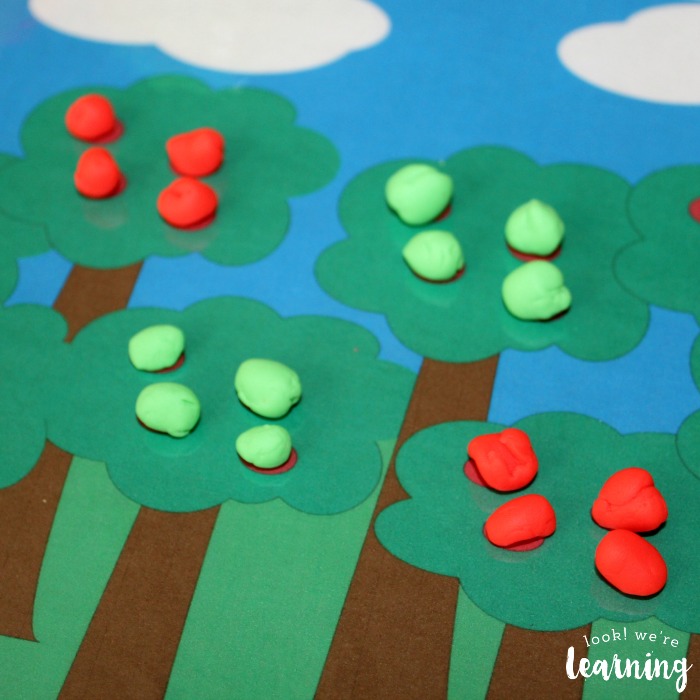
Read on to see how to grab this for your students.
And for more apple fun, don’t miss our Apple Alike! Same or Different Worksheets or our Apple Preschool Counting Puzzles!
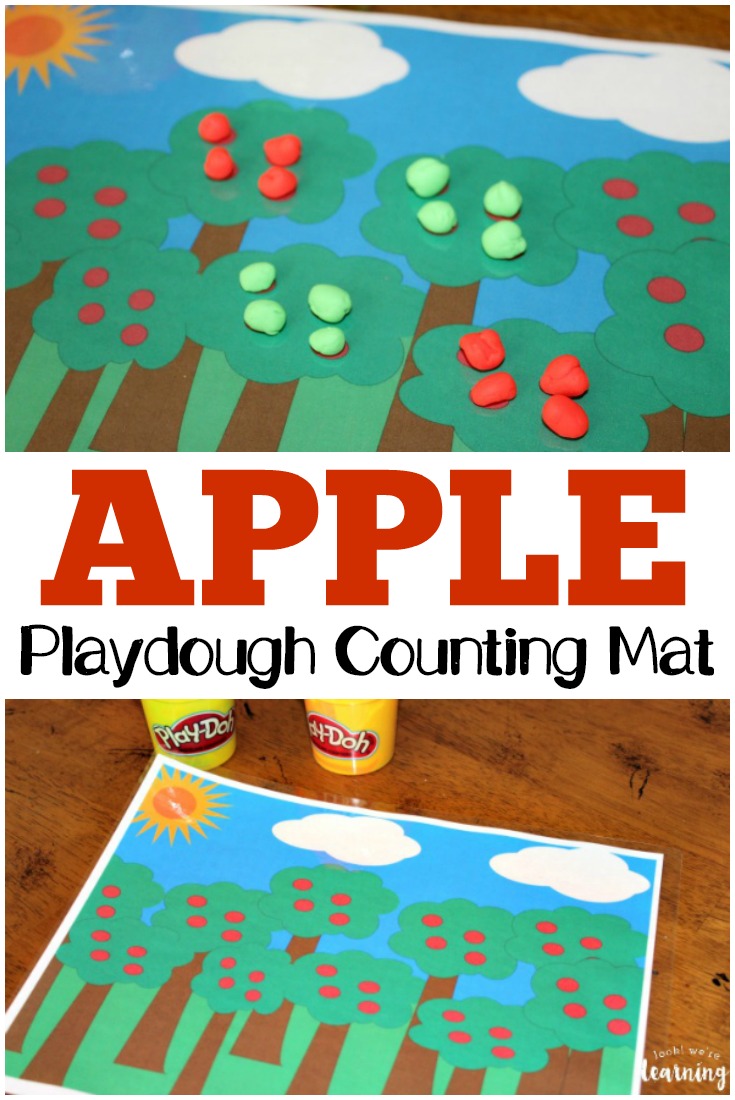
Preschool Playdough Mats: Apple Tree Counting Mat
Here are the supplies we used for our mats: (Affiliate links provided here for convenience. For details, see our Disclosure Policy.)
That’s it! You definitely want to laminate these first so that they can be reused.
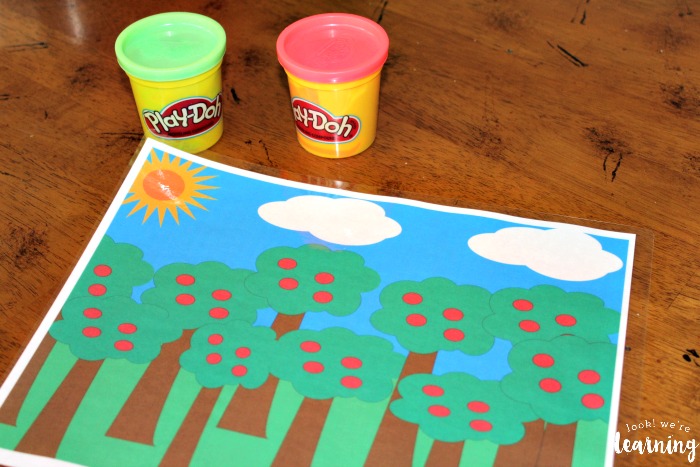
Since the apples are grouped on the trees in sets of four, this was a simple way to work on skip counting.
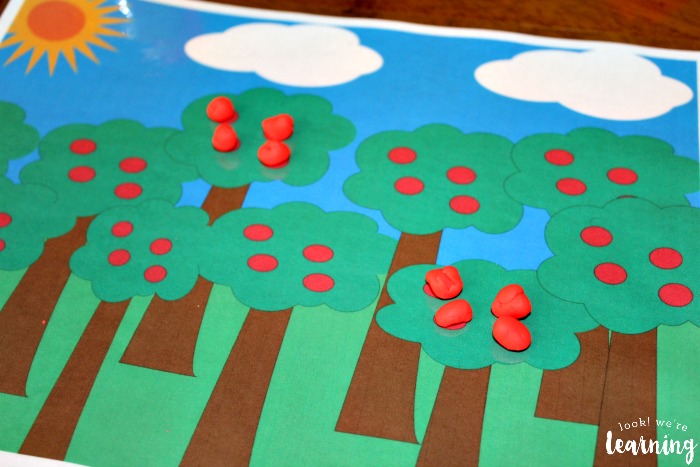
Just add four apples to each tree and count them.
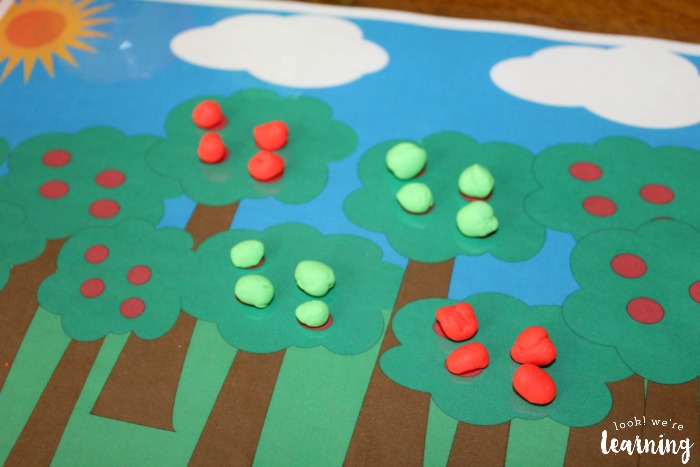
Use a different color to work on counting and sorting. (How many green apples are there? How many red apples are there?)

Then a little reinforcement. If there are four green apples on this tree and four green apples on this tree, how many green apples are there altogether? Oh, so four plus four is how much?
Next thing you know, your preschooler will be saying that 4 x 2 = 8. 🙂
Scroll down to get your copy of our Playdough Apple Tree Counting Mat!
Check out these other fall learning ideas for preschoolers!
And don’t miss our list of awesome fall books for kids to share this year!
Get more ideas for fall fun with kids from my Fall Activities for Kids board on Pinterest!
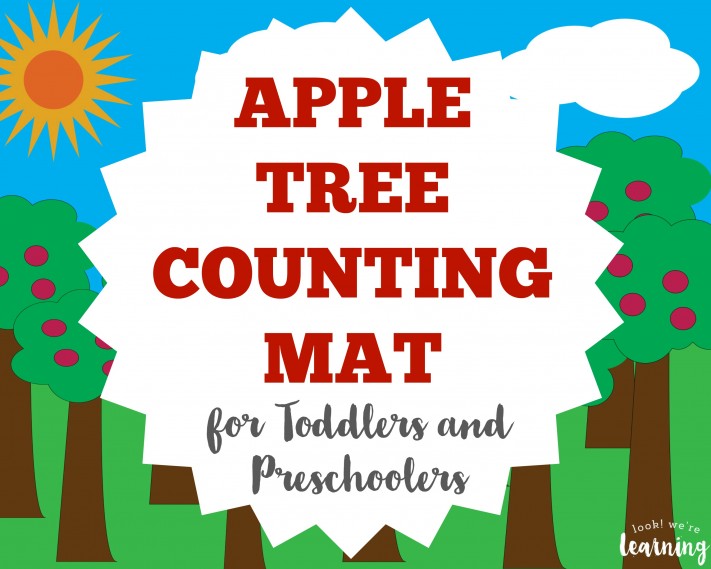
Grab your copy of our Printable Apple Tree Counting Mat for free when you sign up for our email newsletter! You’ll receive access to this printable, plus loads of other learning resources, in our exclusive Subscriber Library!

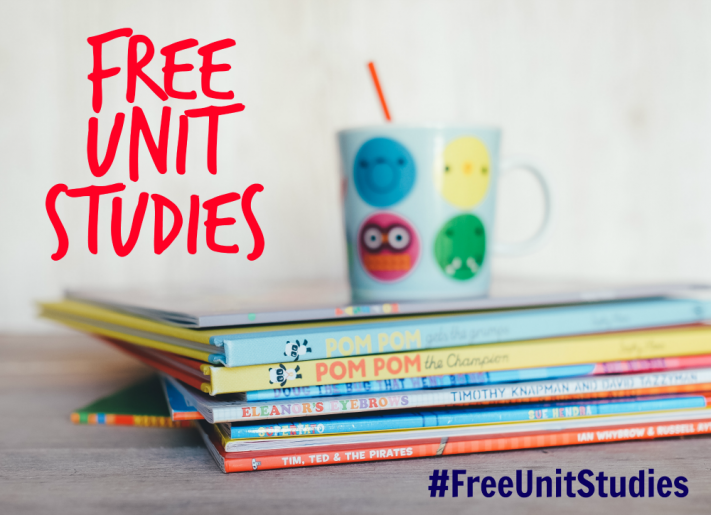
This post is part of the Free Unit Studies roundup! Stop by to see more fun posts about Apples and Pumpkins from my fellow bloggers!
Corn Kernel Fall Tree Craft from Play Dough & Popsicles
Kids in the Kitchen: Pumpkin Chocolate Chip Muffins from Crafty Mama in ME
Learning About Pumpkins {Free Printables Round Up} from Faith and Good Works
Books about Pumpkins for Kids from CraftCreateCalm
Pumpkin Recipes for Kids from FrogMom
Harvest Theme Word Search from Tales of Education at Home
Board Books About Apples and Pumpkins for Toddlers from The Jenny Evolution
Pumpkin Science Activities from iGameMom
Apple Read and Play from My Storytime Corner
Pumpkin Preschool Printables from Living life and learning
Pumpkin Patch Alphabet Match from Schooling a Monkey
Apple Sight Word Game from Books and Giggles
Challenge Math – Apple Theme from Planet Smarty Pants
